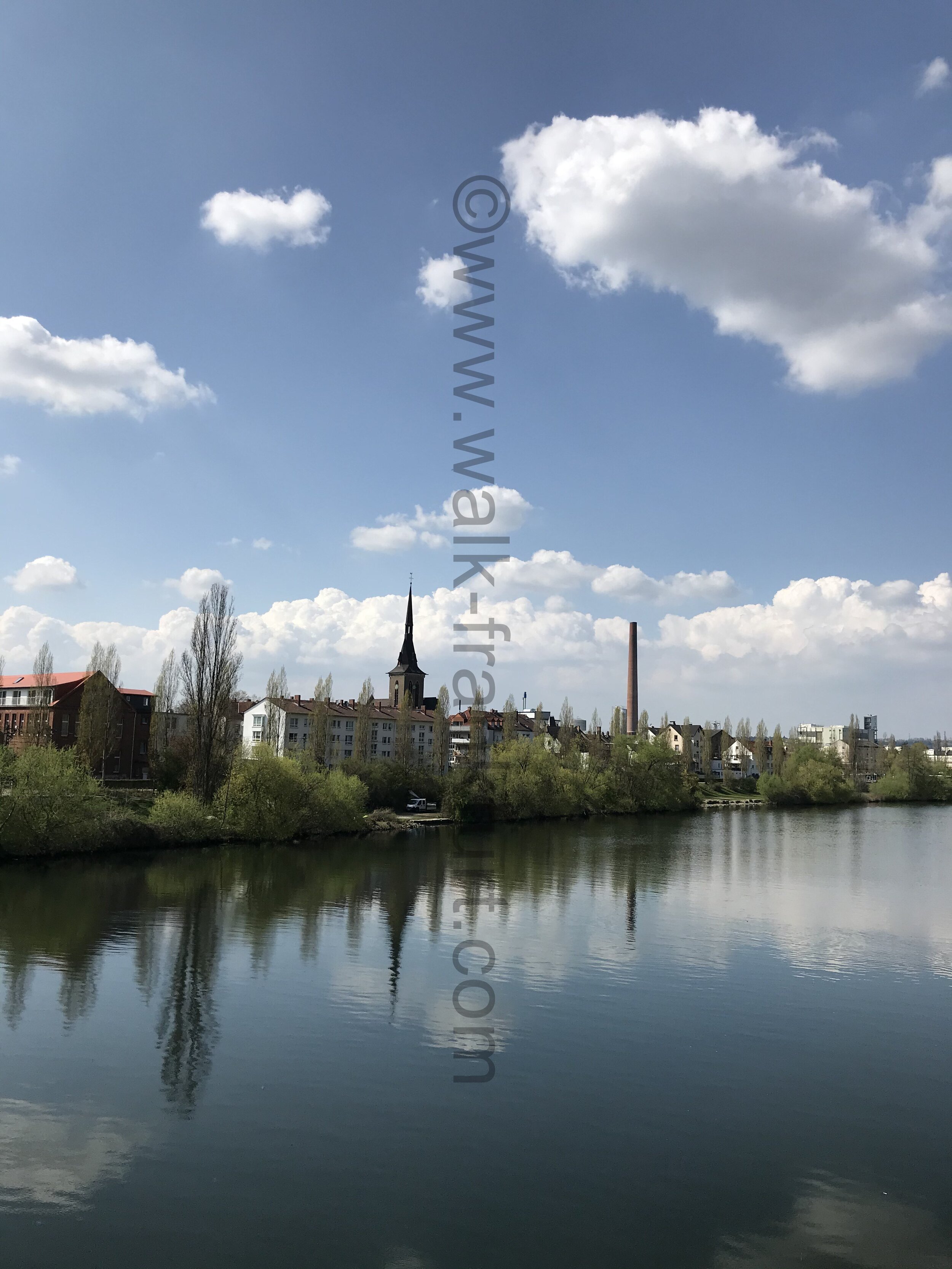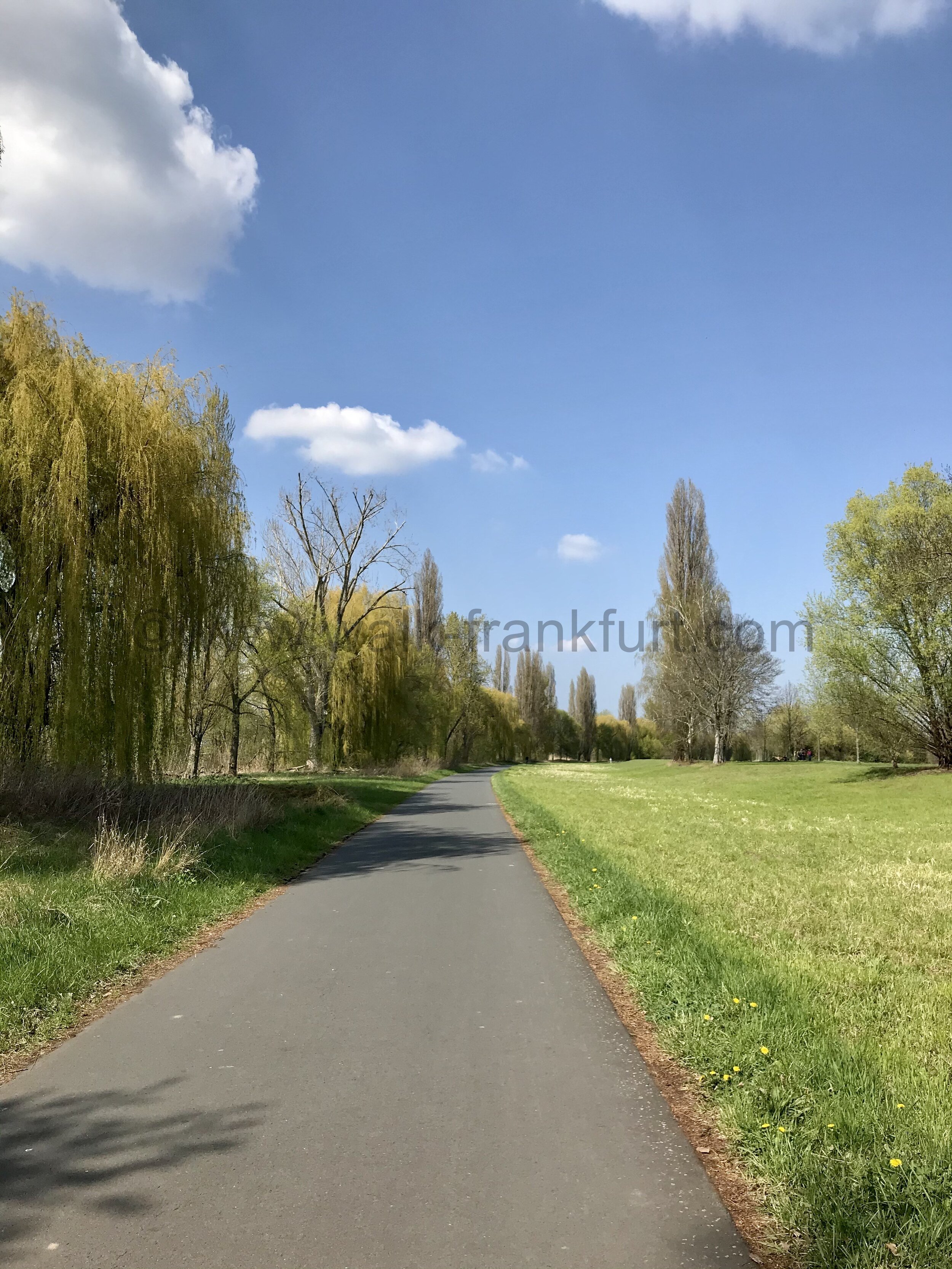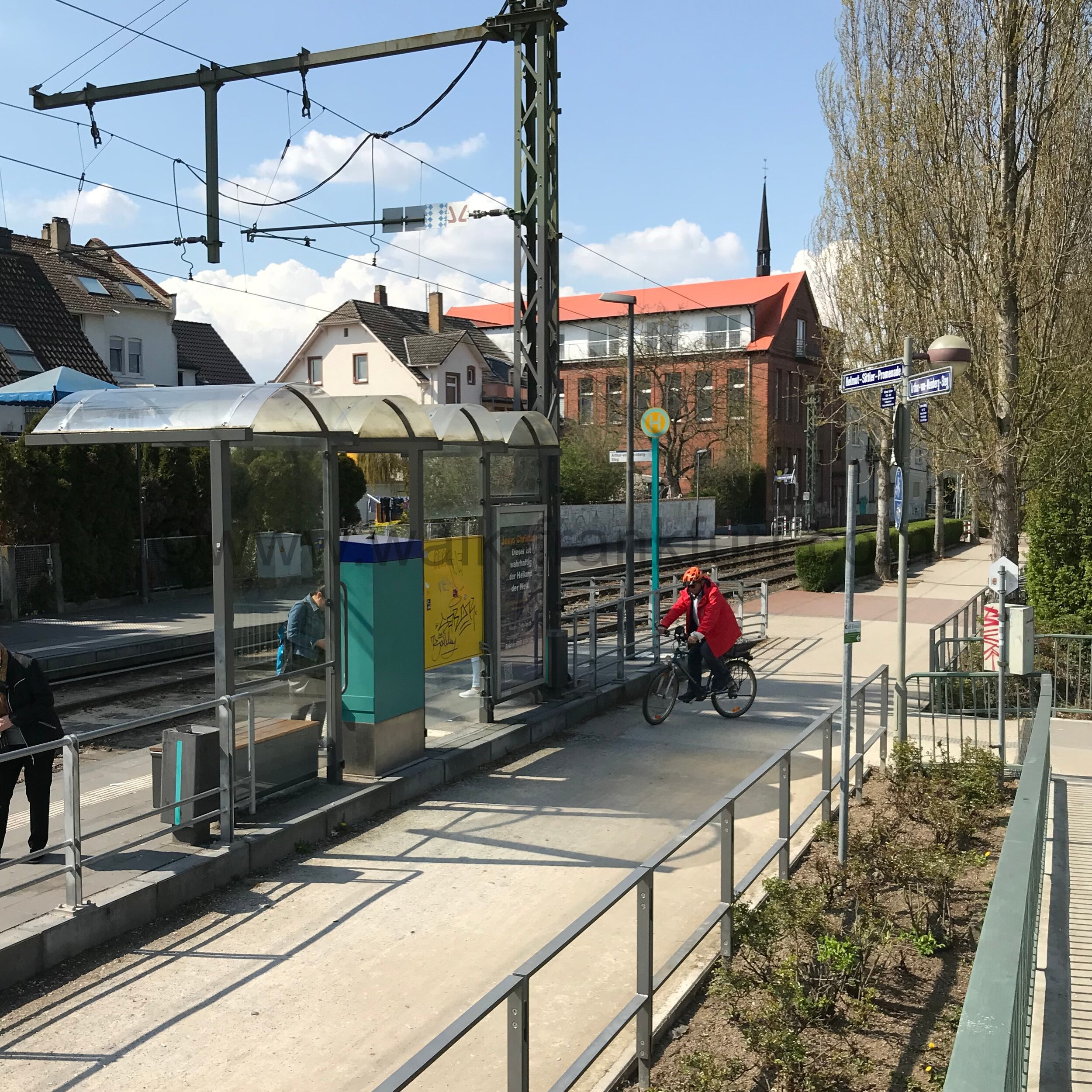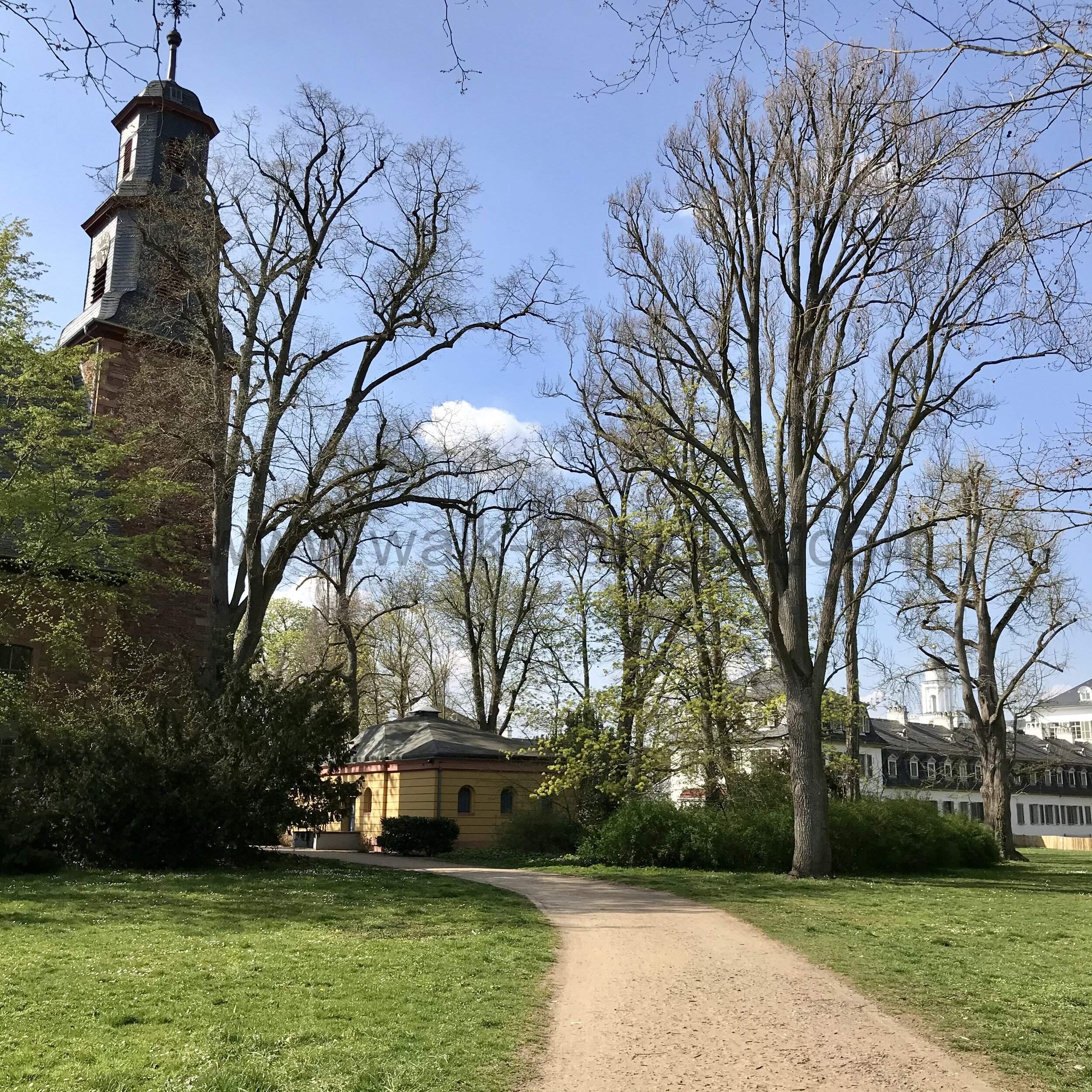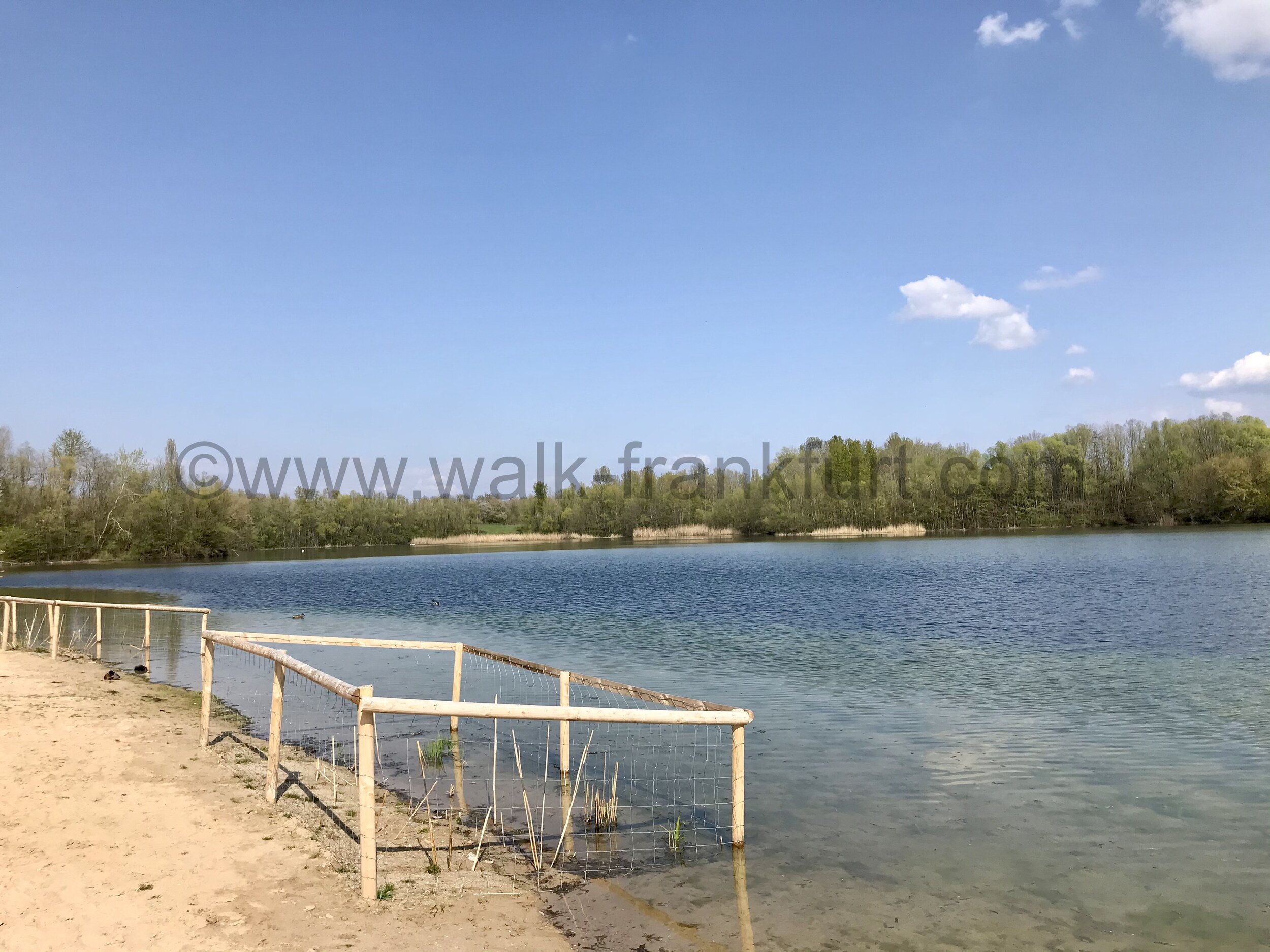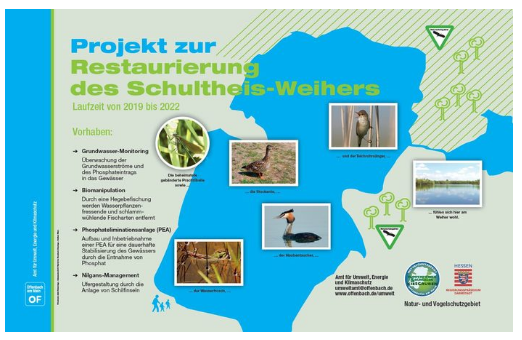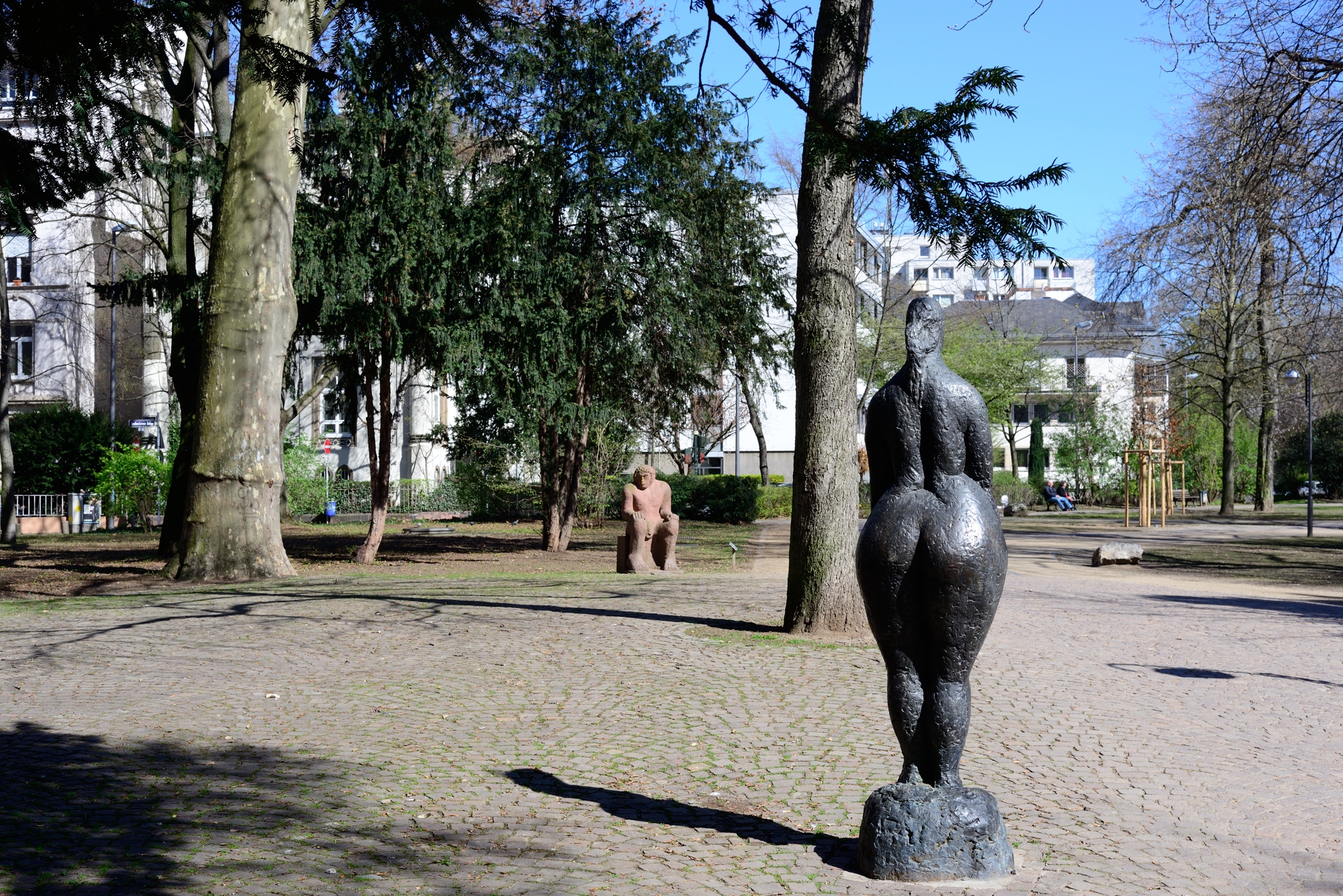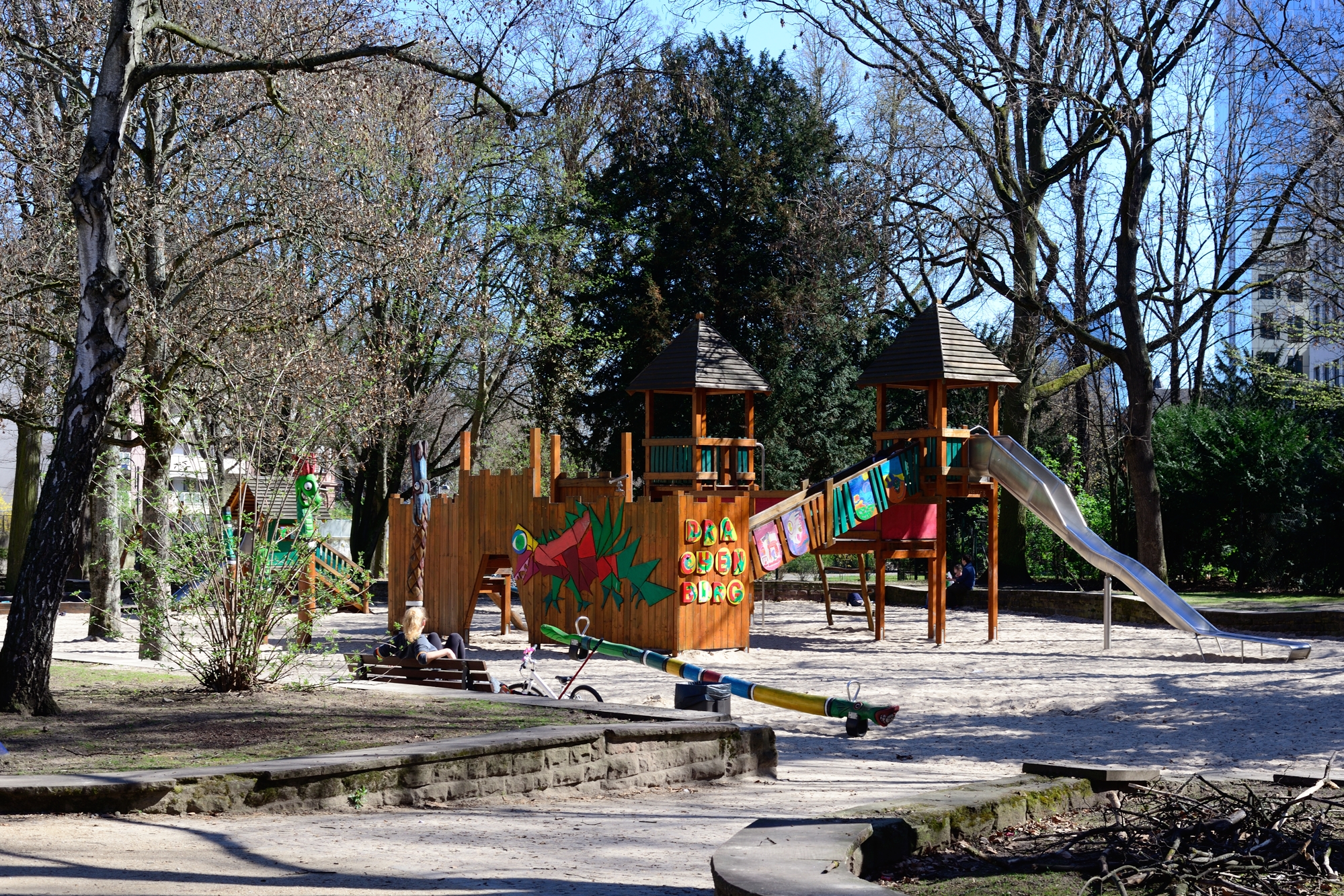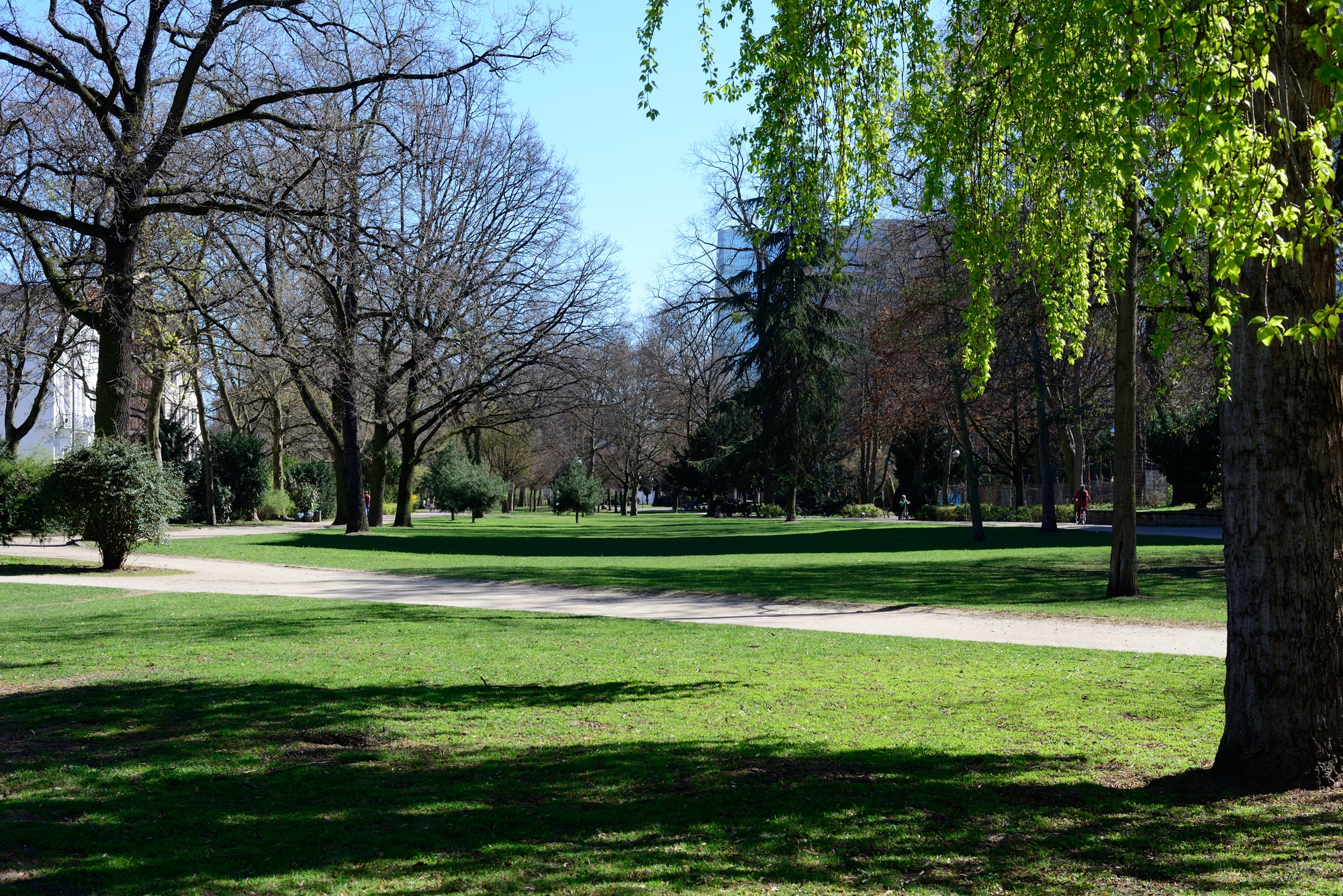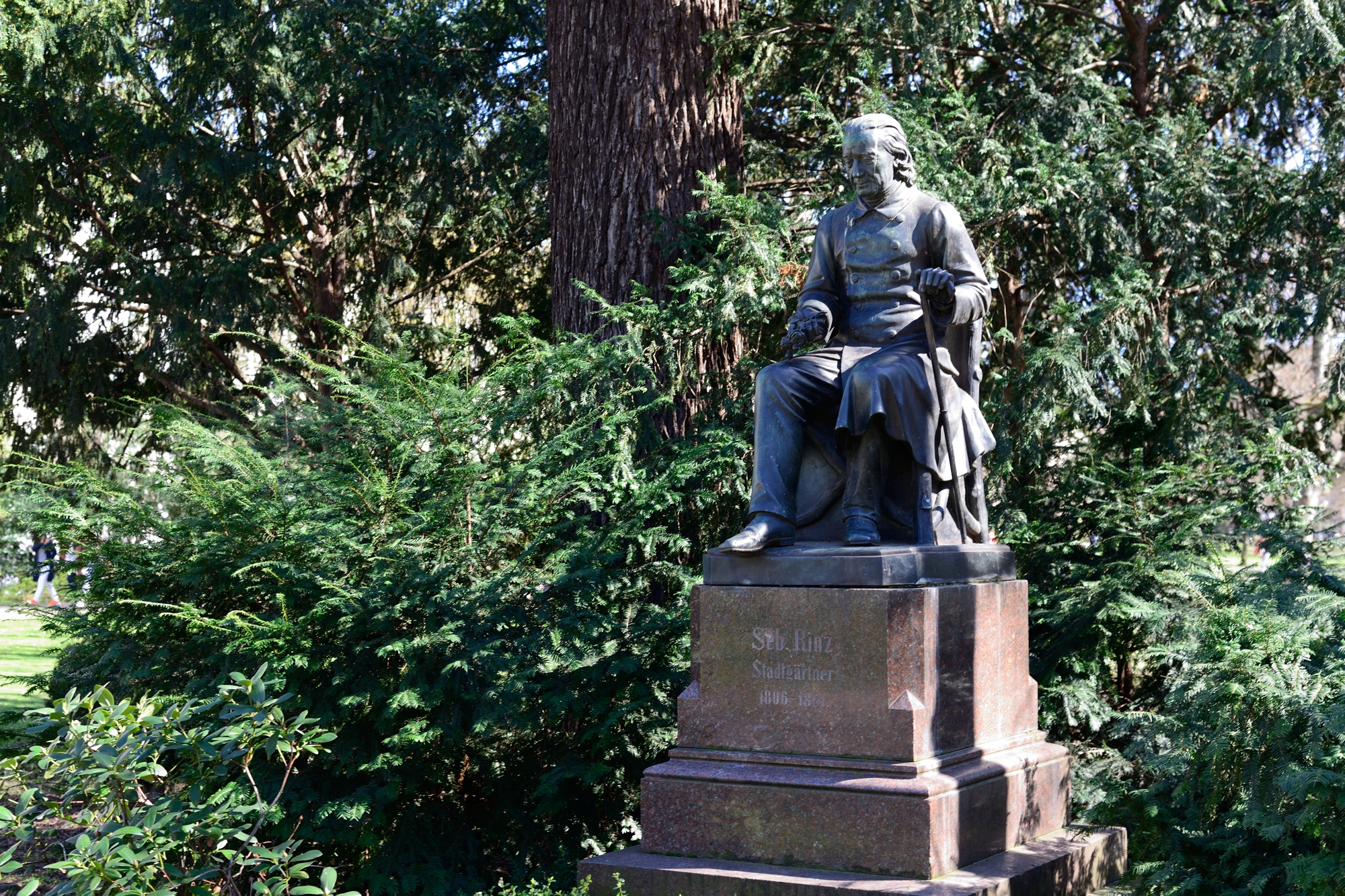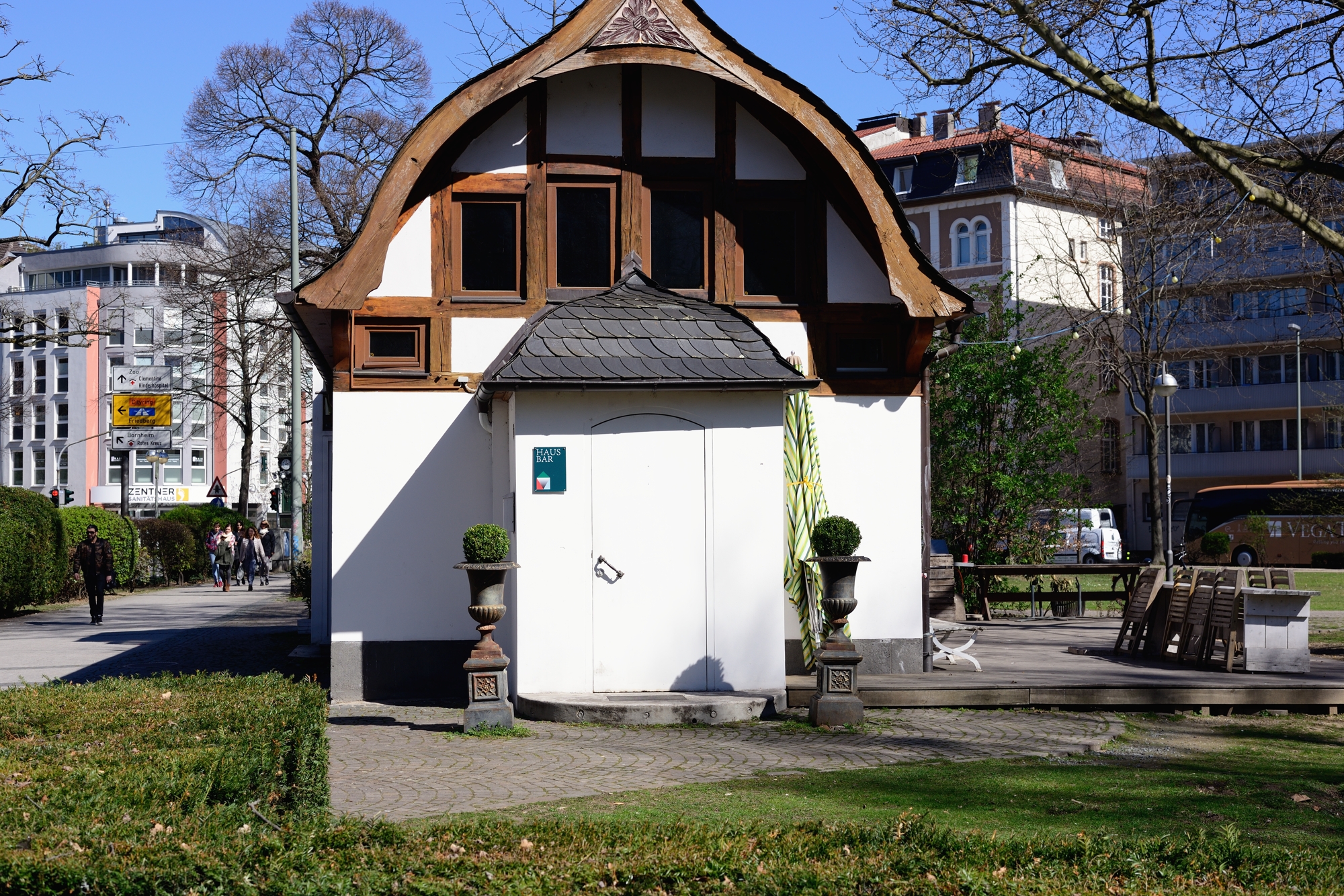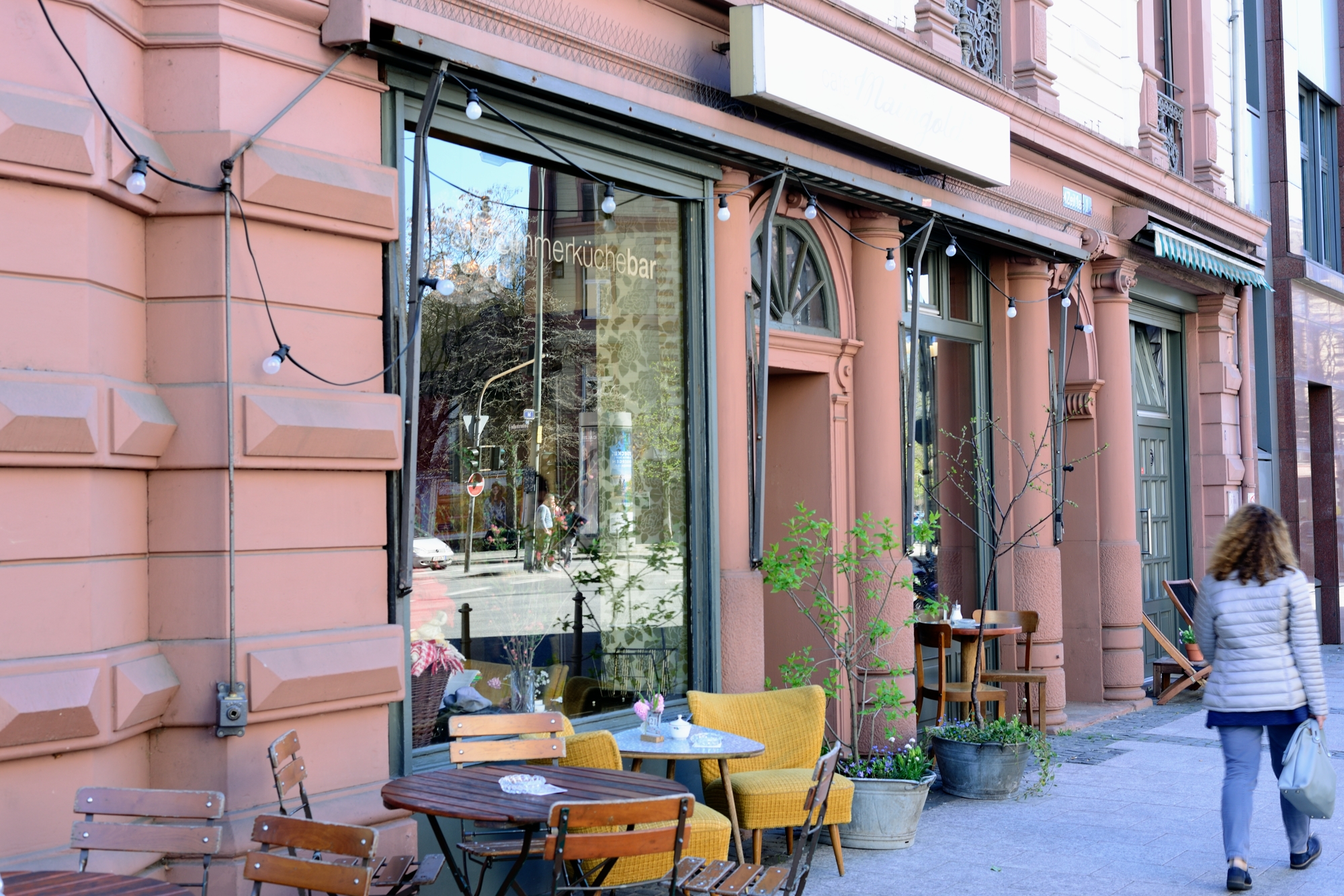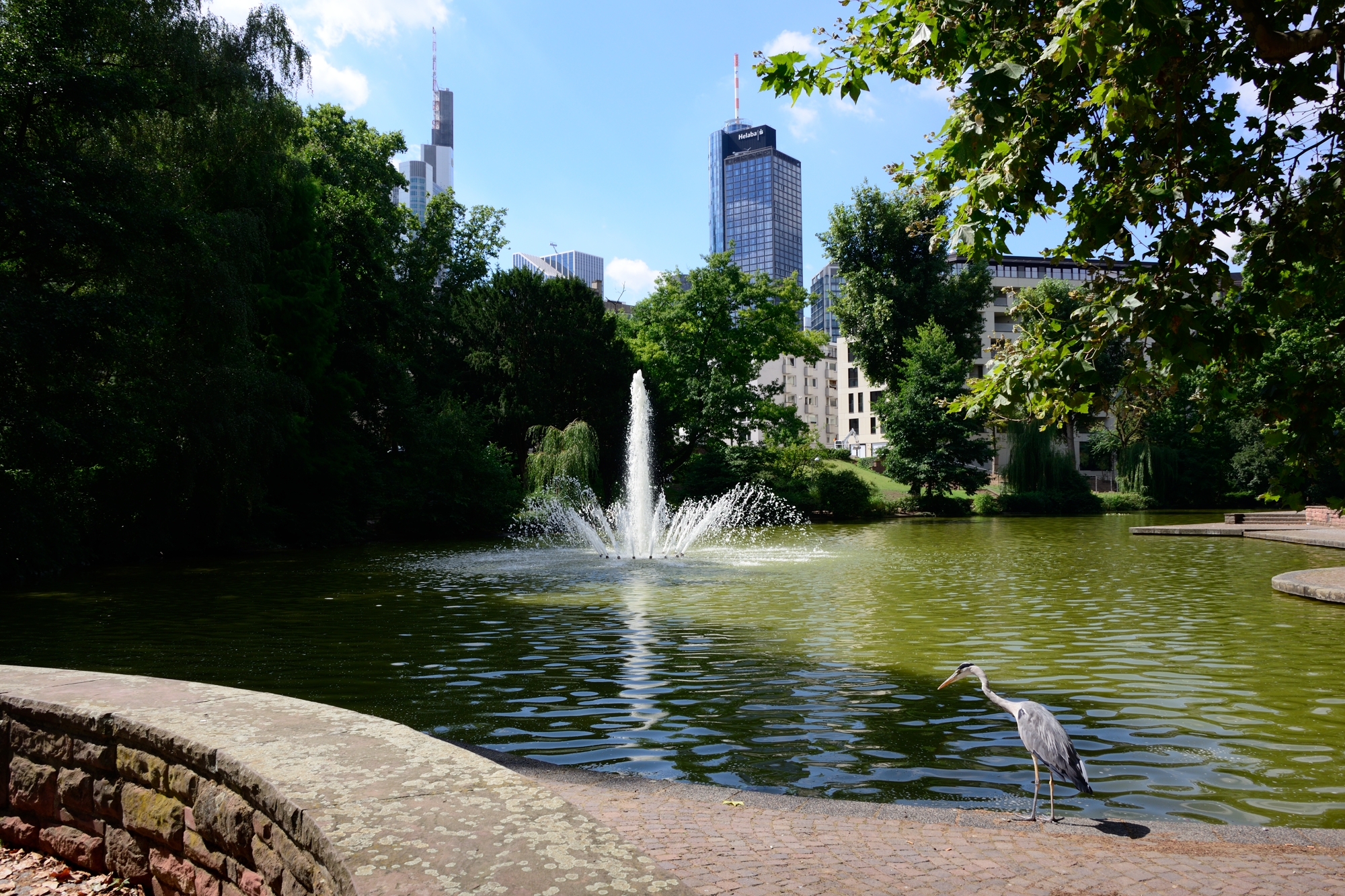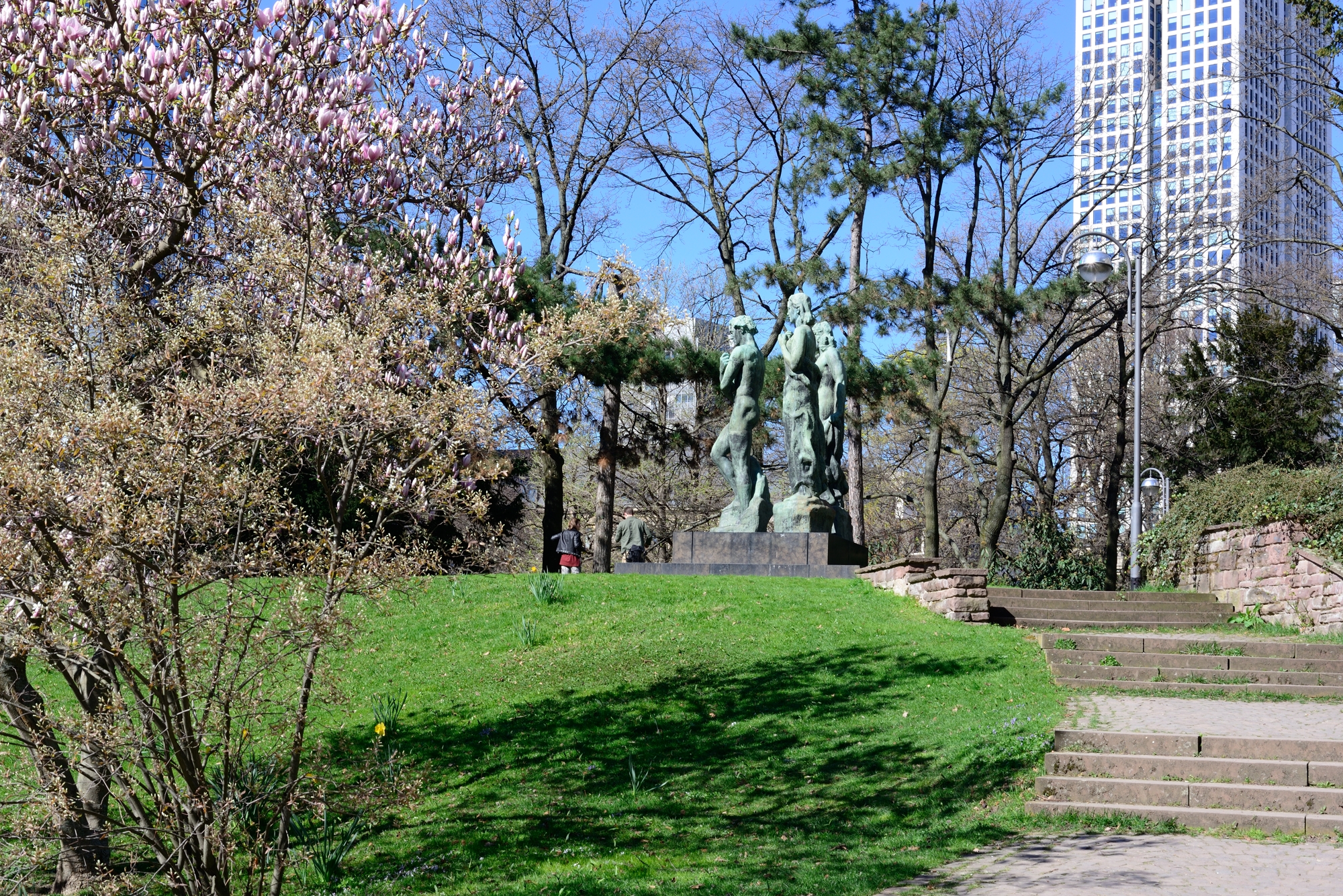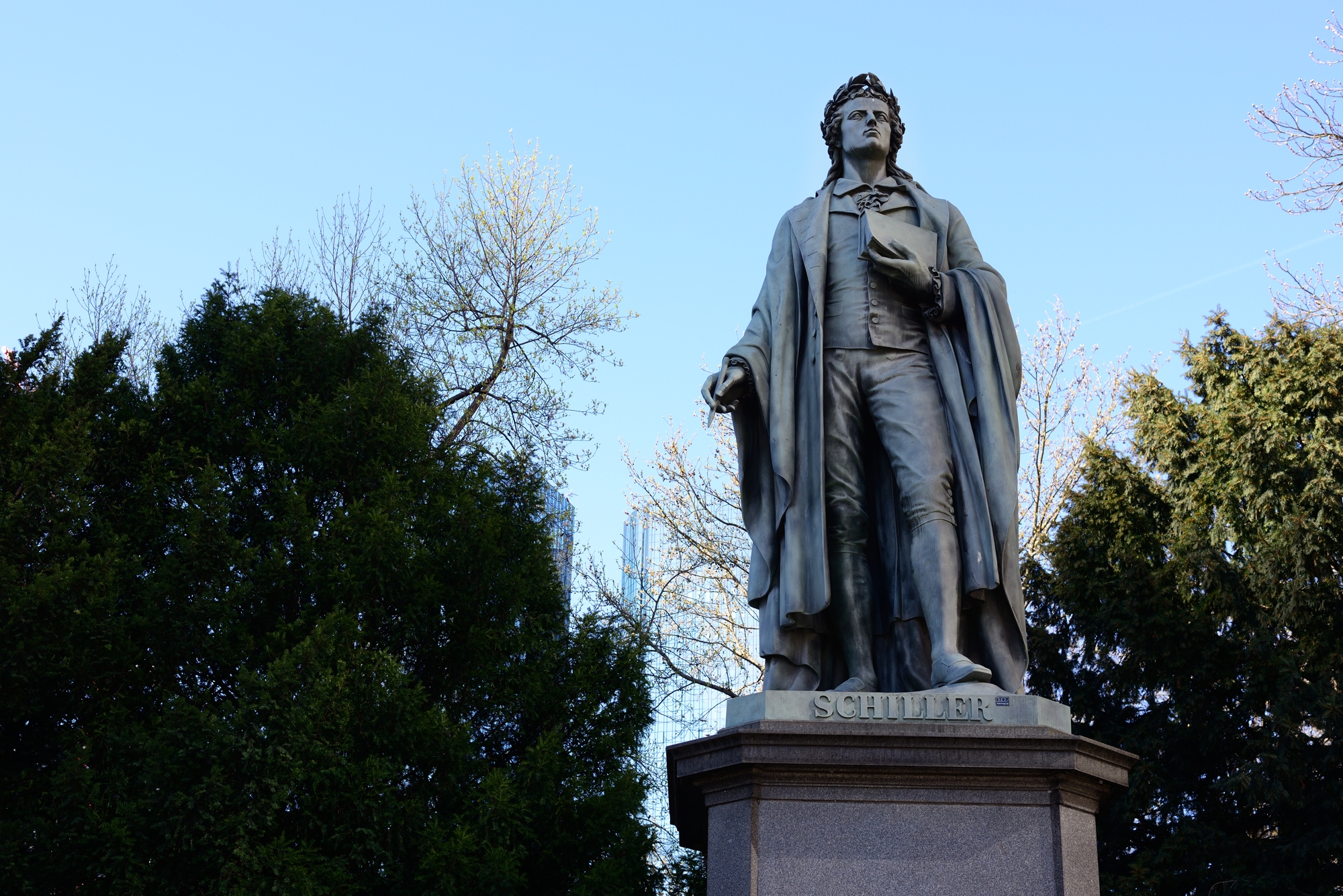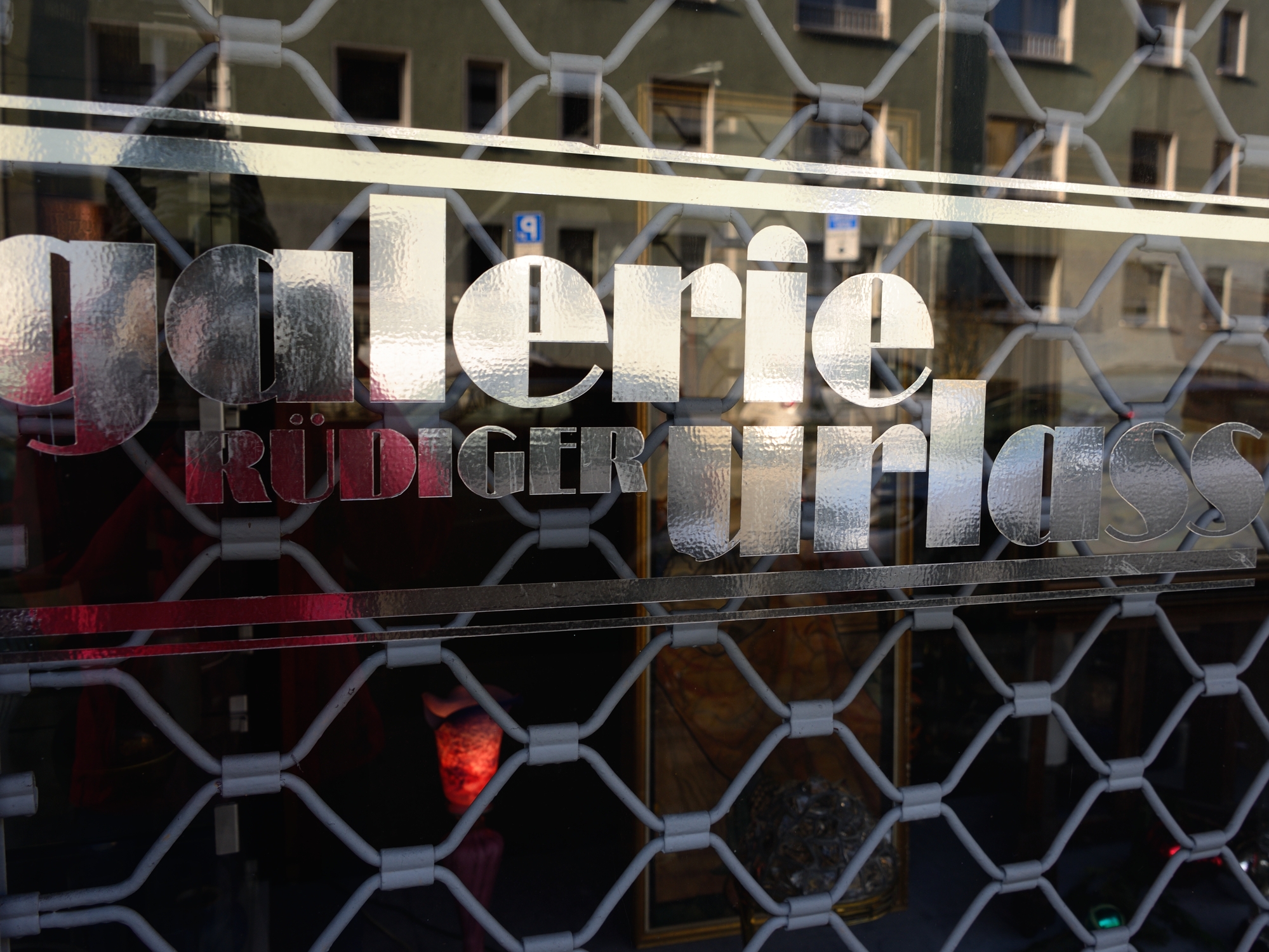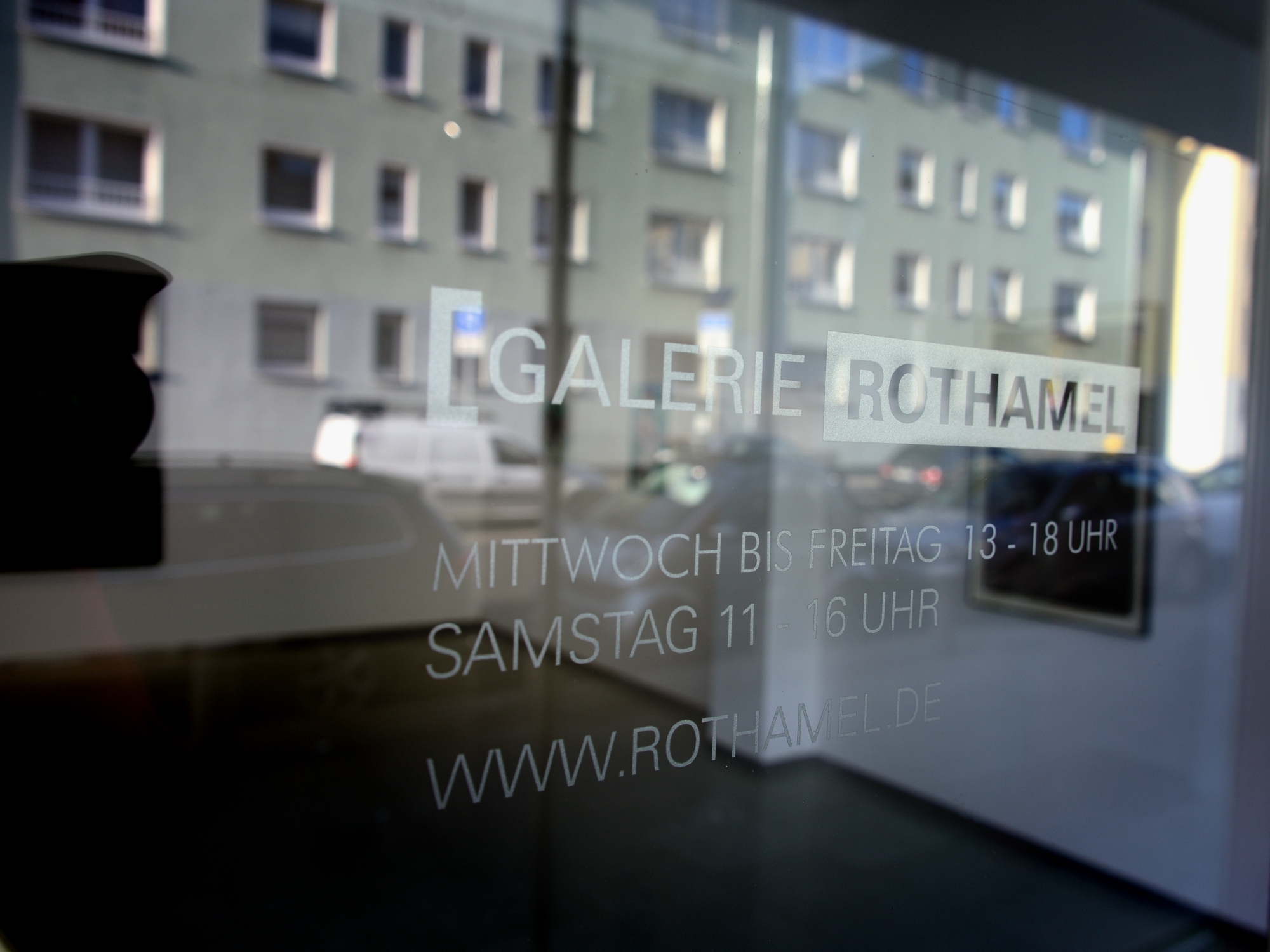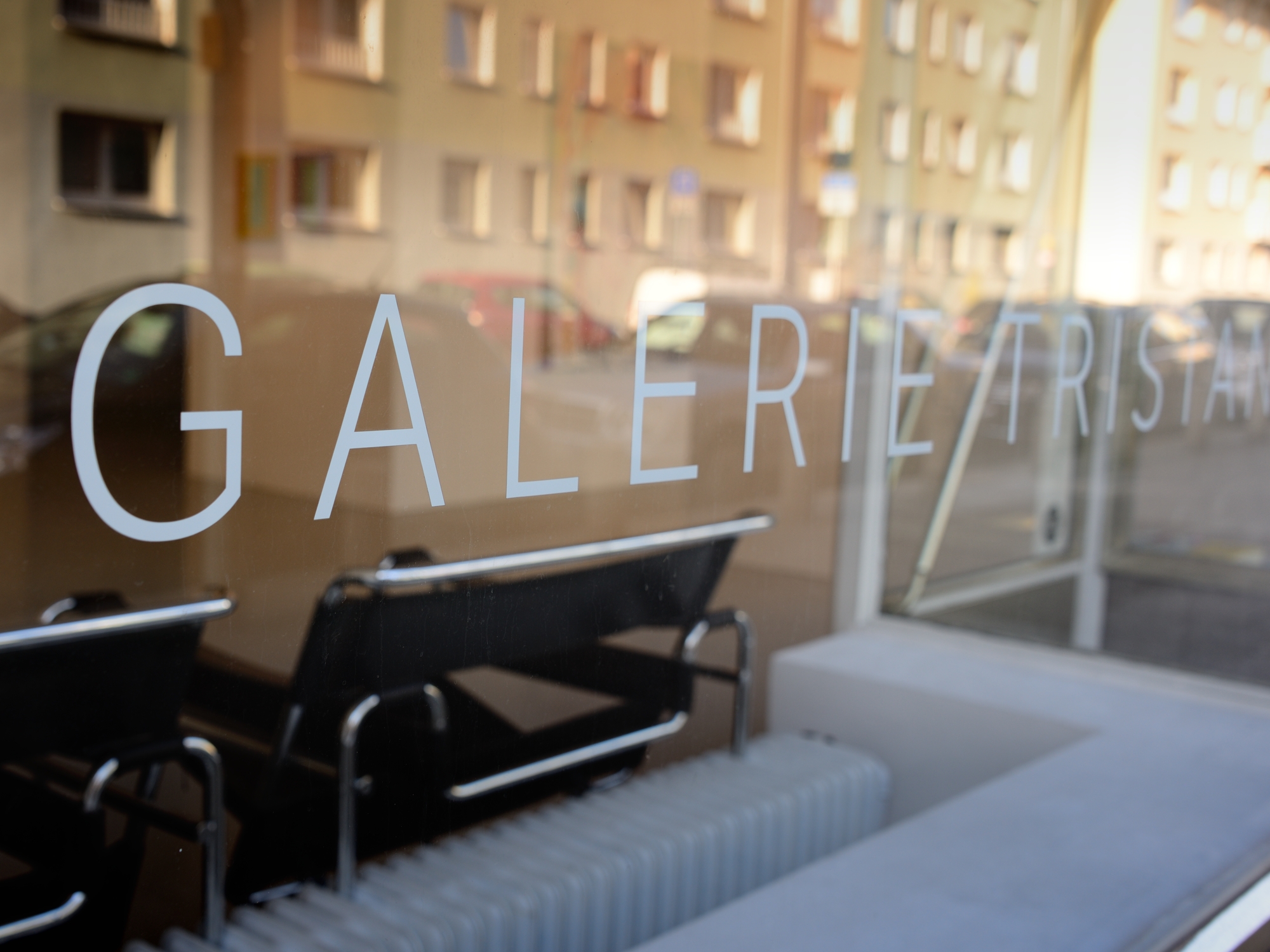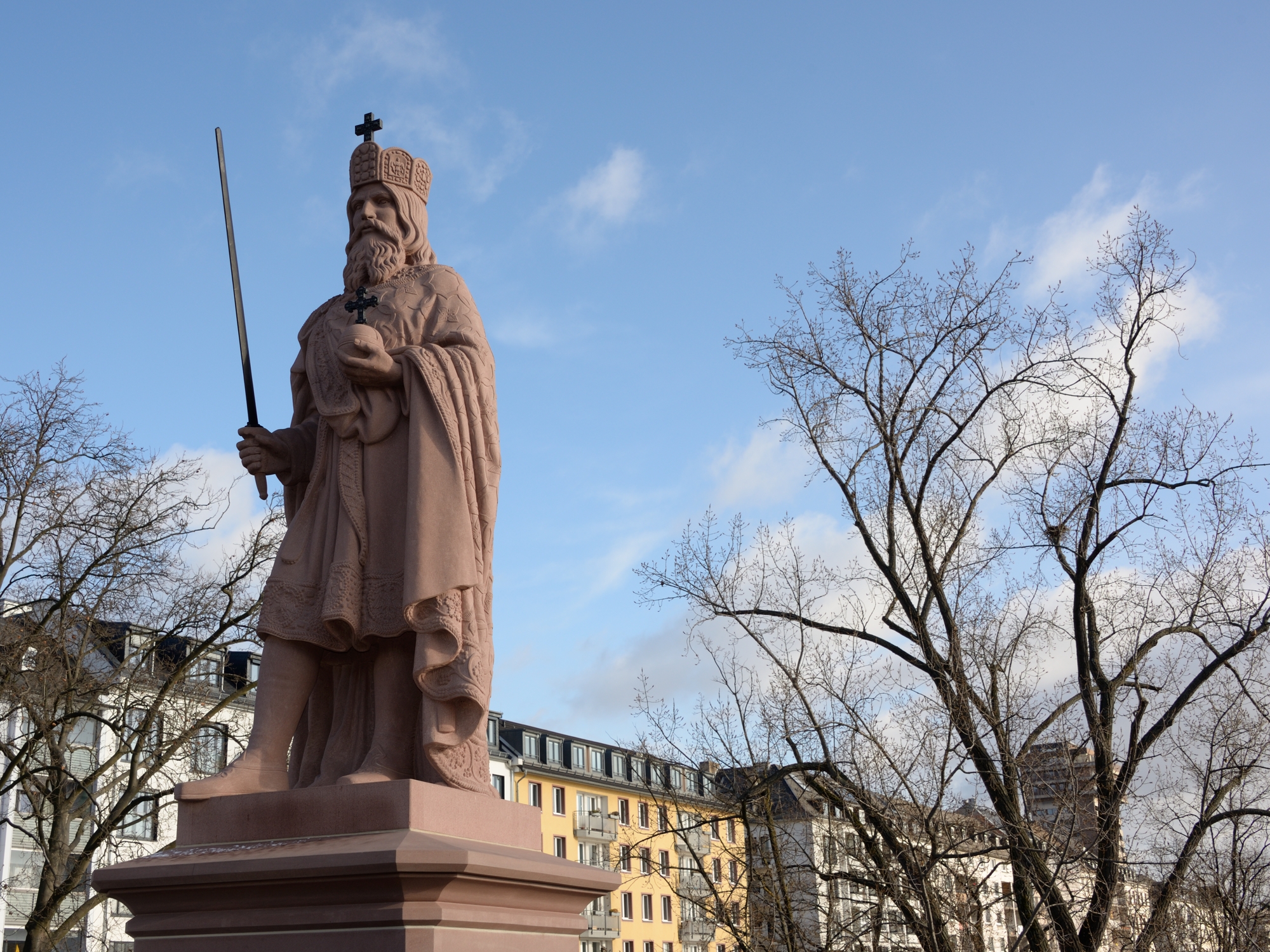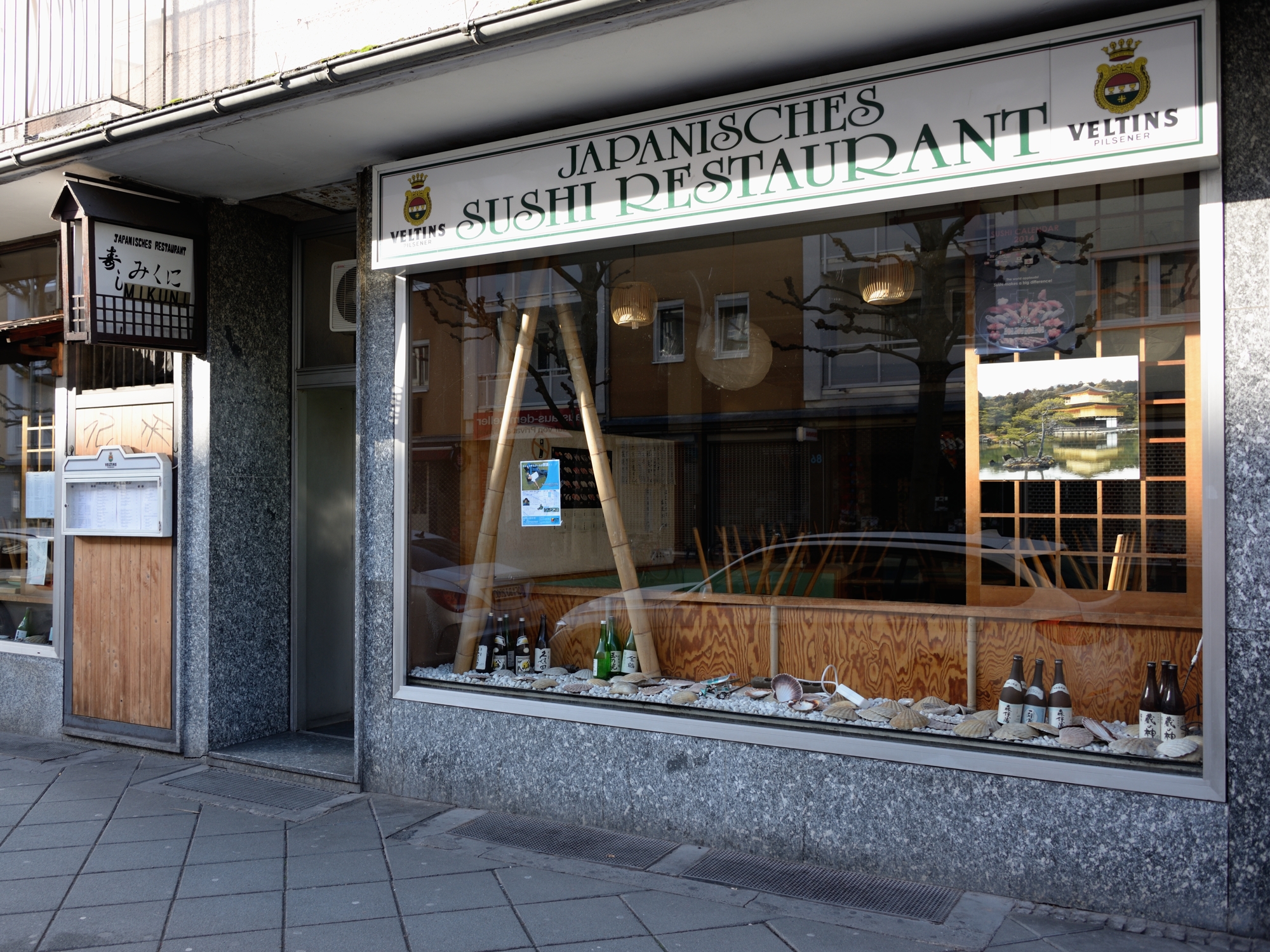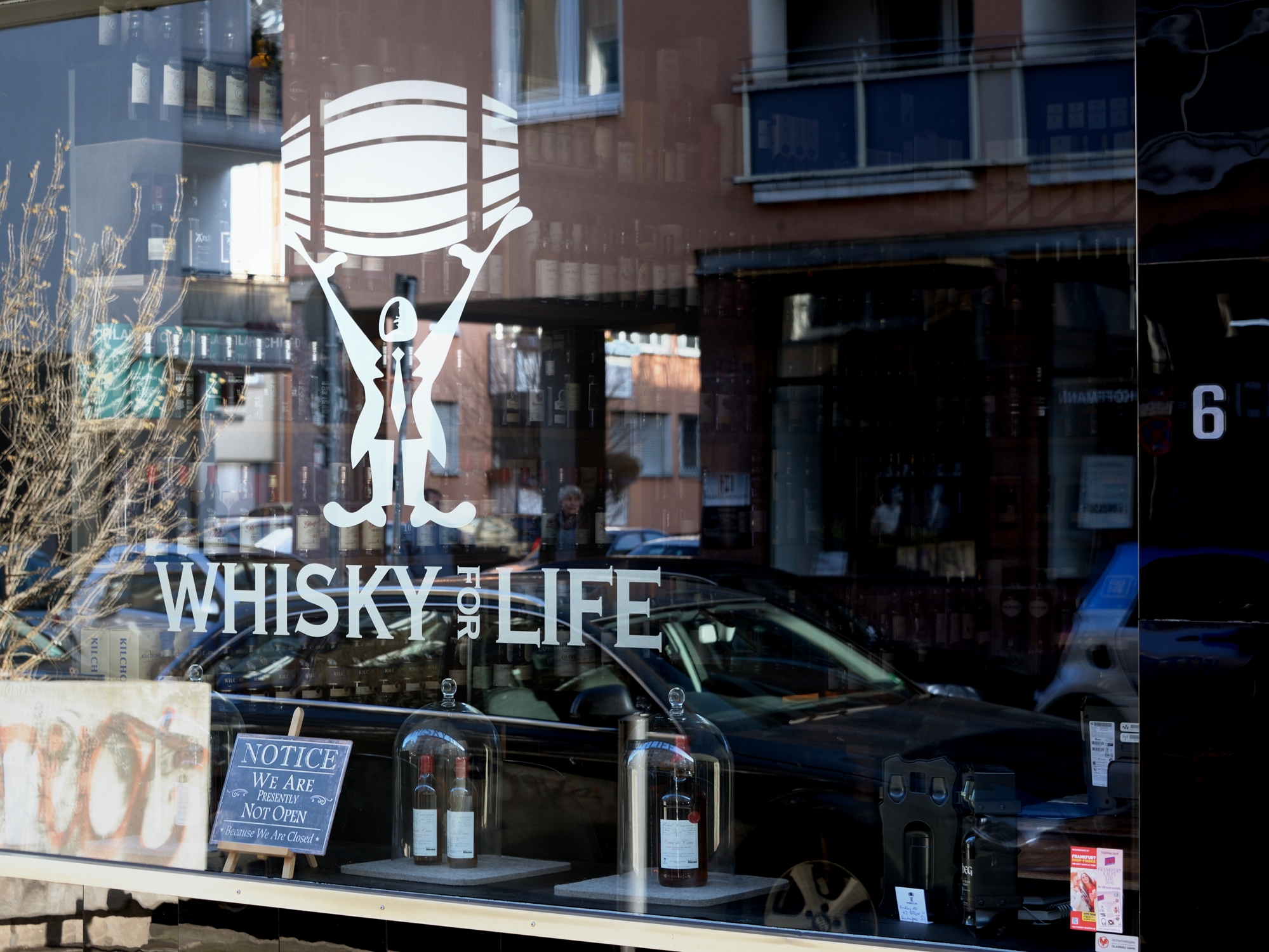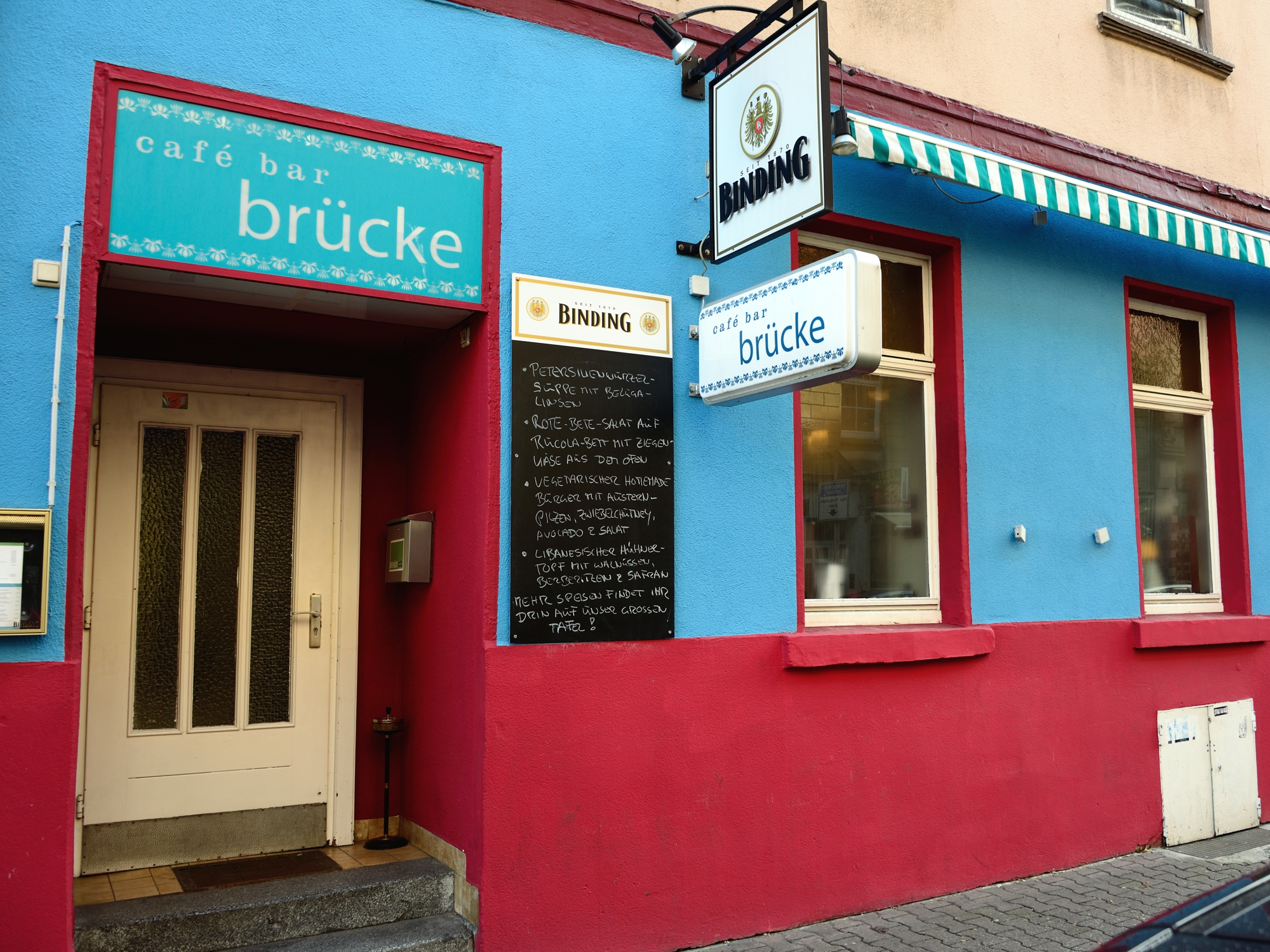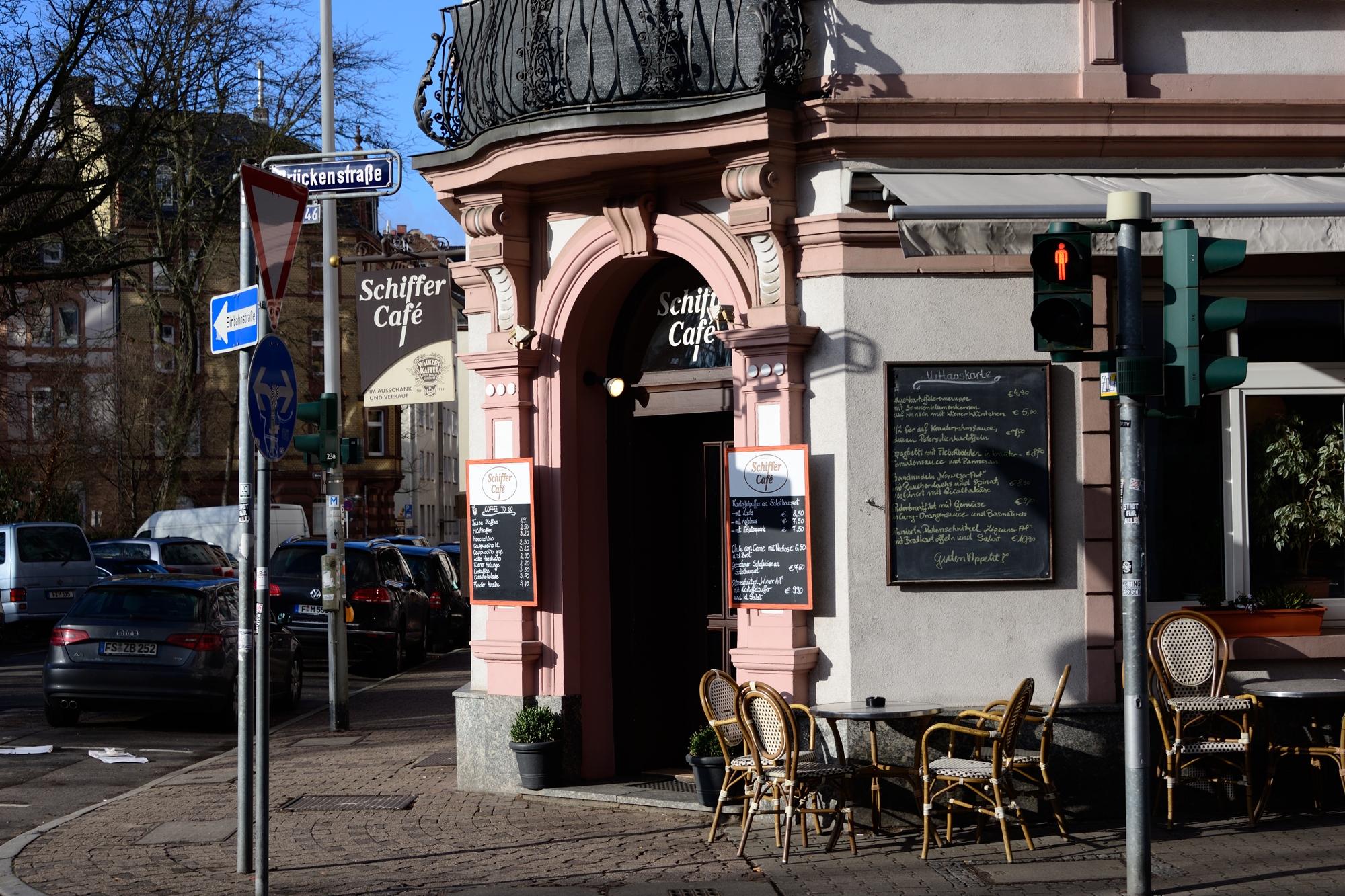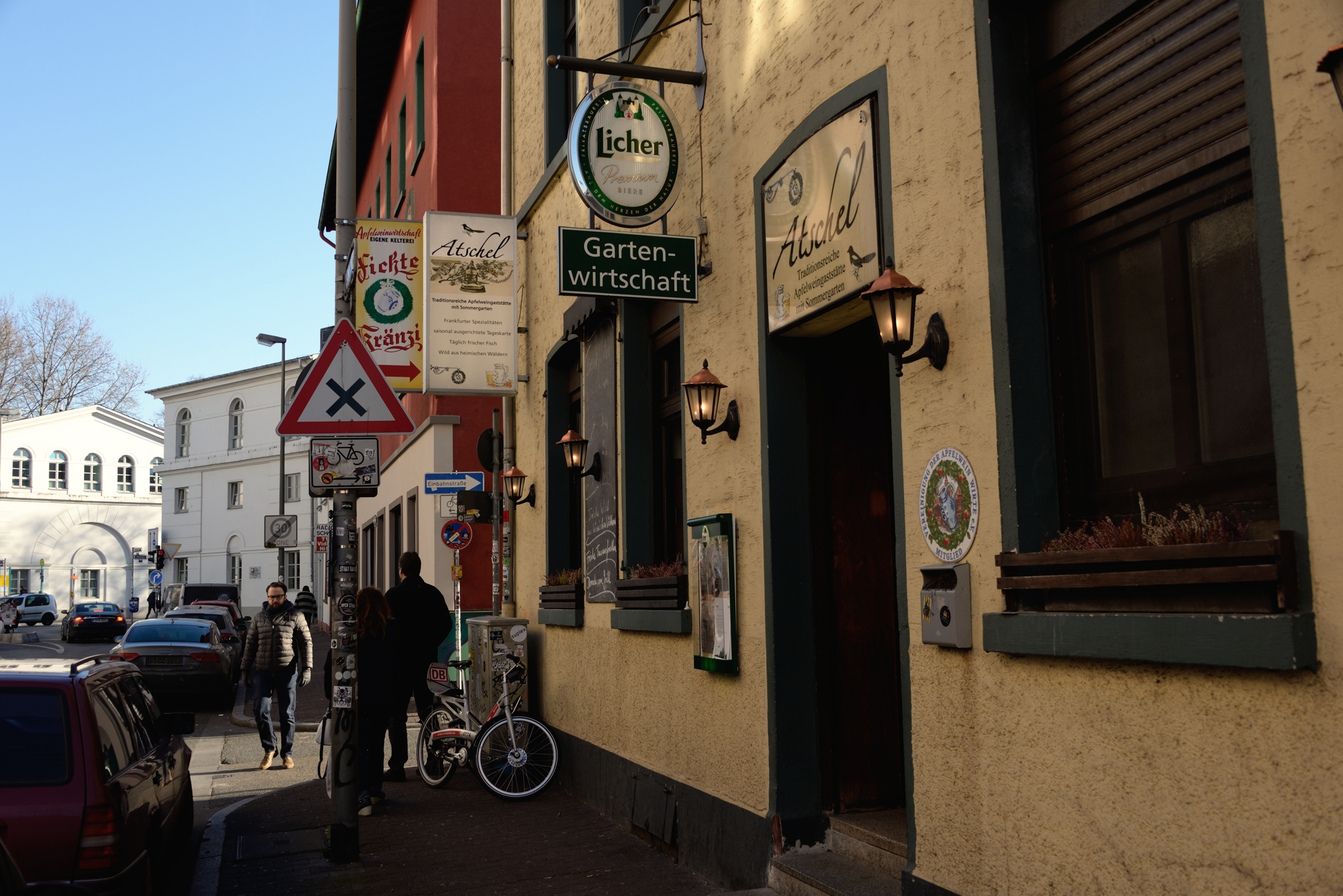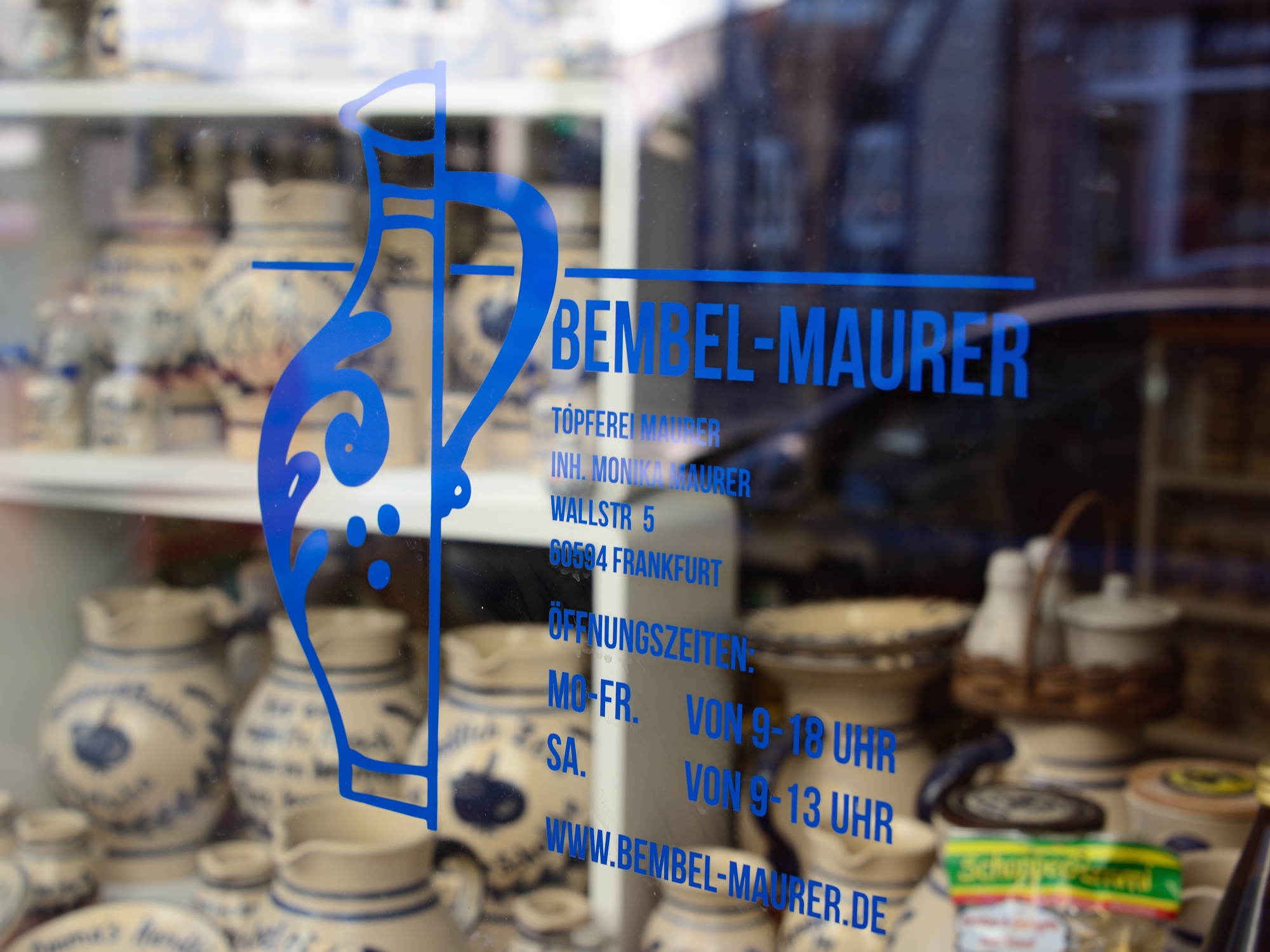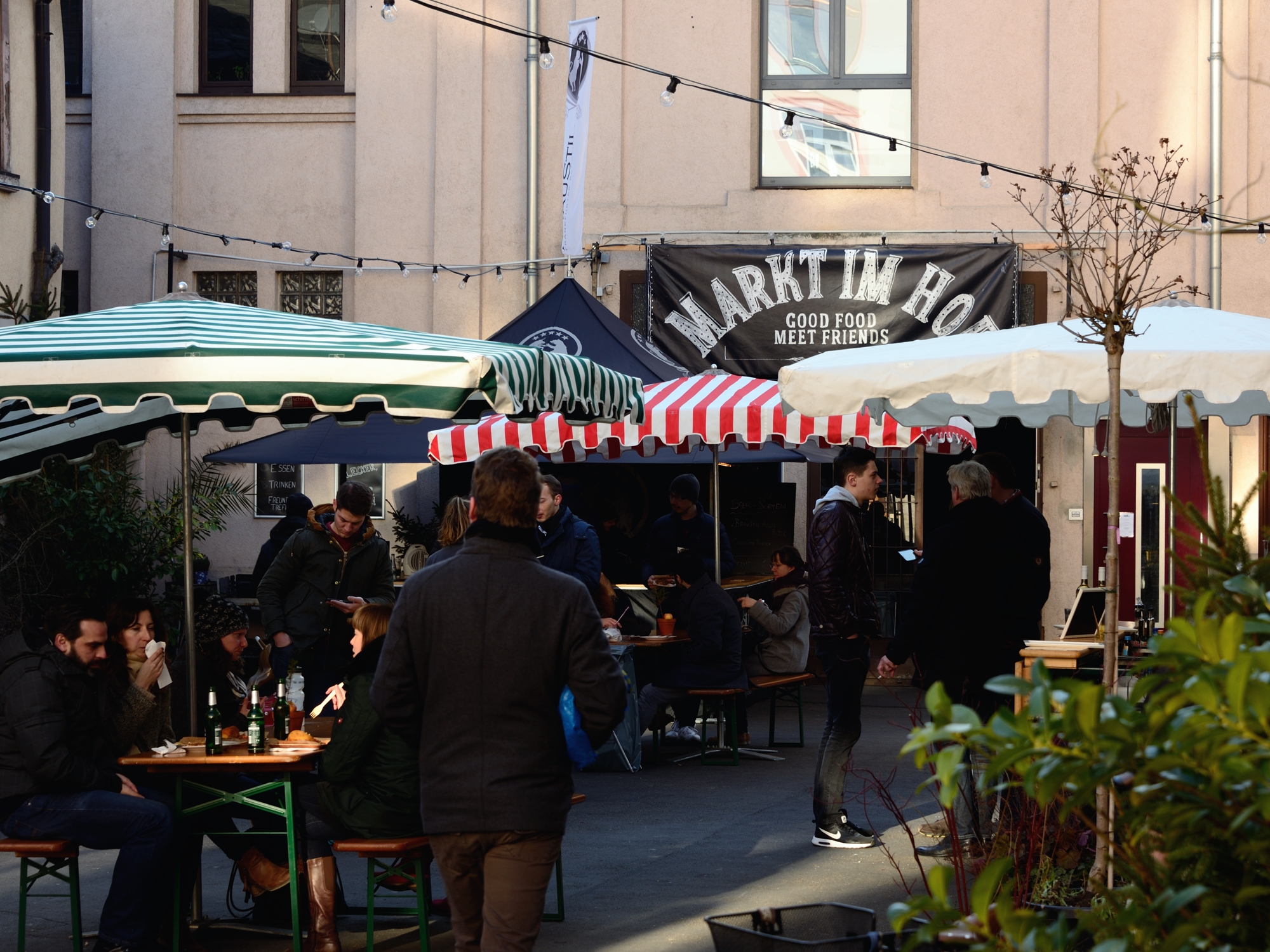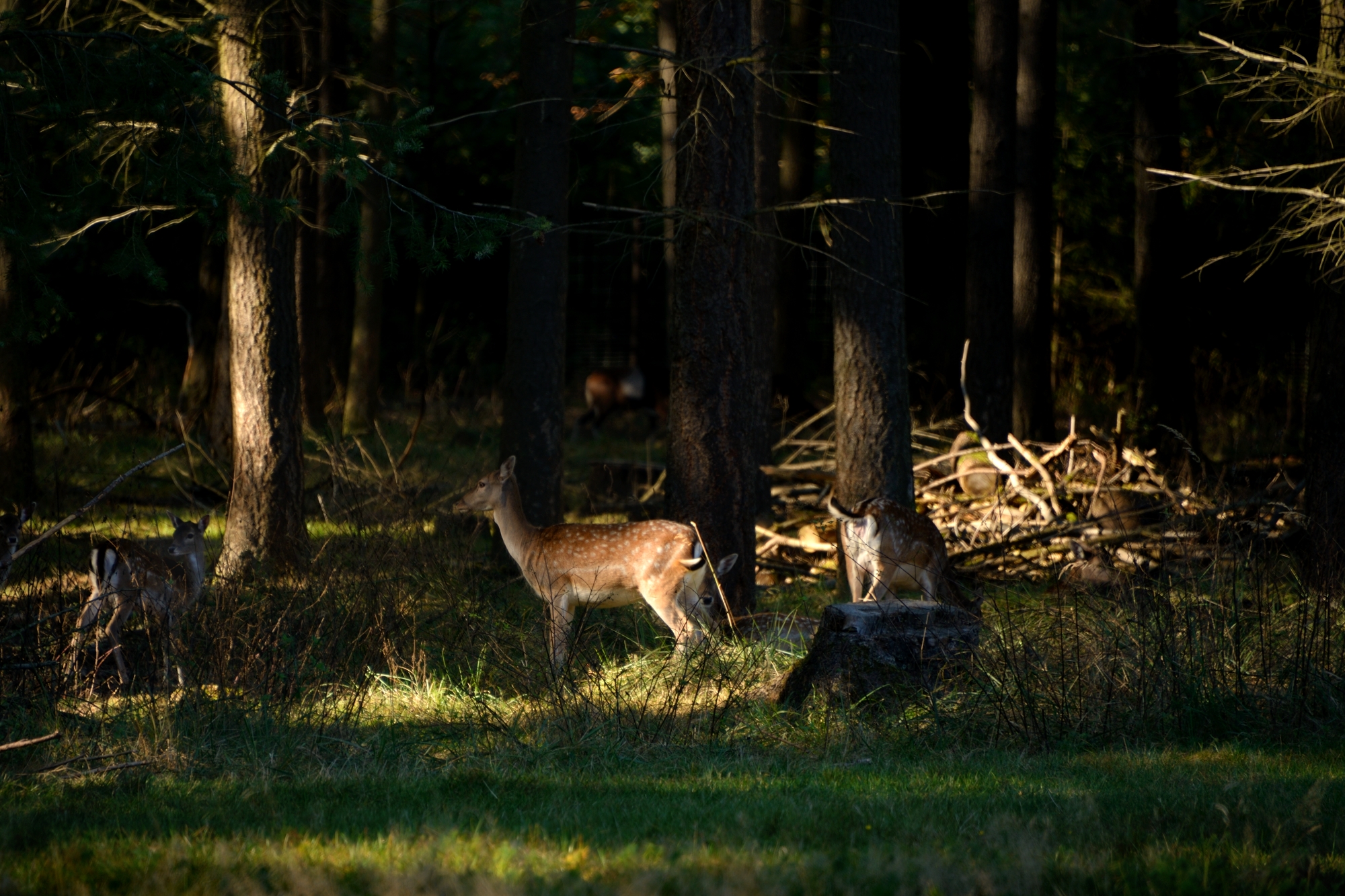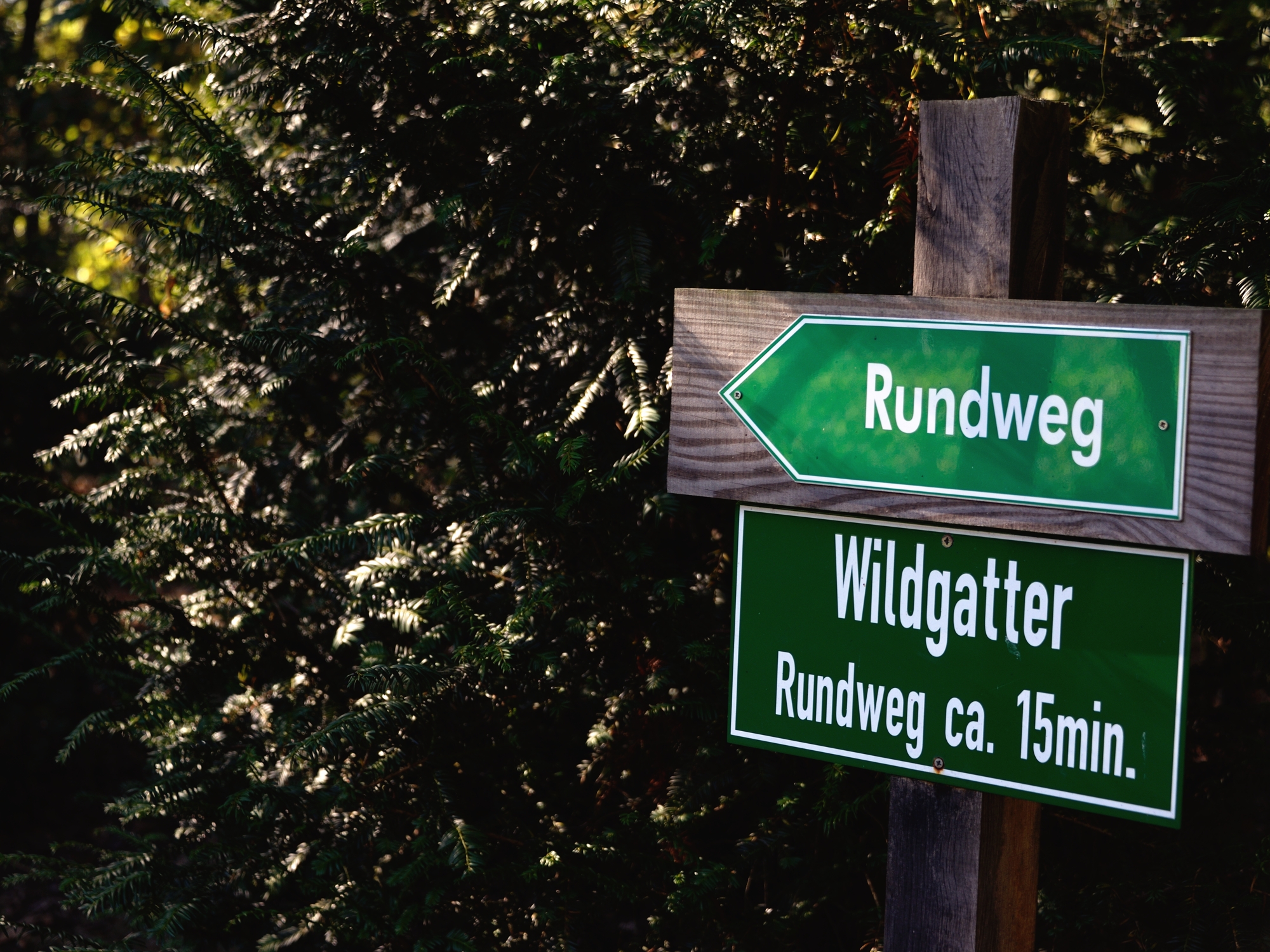Jewish history in Frankfurt
Frankfurt has a Jewish history dating back to at least the 12th century and there is some excellent information on the web to guide you to key cultural sites within Frankfurt, http://en.juedisches-frankfurt.de/
There are two museums in Frankfurt city centre dedicated to Jewish heritage in the city, both offering extensive information in English as well as German. The museum of the Jewish Ghetto, Batonnstrasse 47, displays the original foundation stones of the Frankfurt ghetto, first built in 1462. The Jewish Museum Frankfurt, Bertha-Pappenheim-Platz 1, has exhibits detailing Jewish life in Frankfurt from the 1800’s onwards.
In addition to these two central museums, is the Bildungsstätte Anne Frank, a small exhibit dedicated to Anne Frank, whose family lived in Frankfurt until they moved to Amsterdam to avoid the persecution of the National Socialist regime. This museum is easily accessible by taking the U-bahn (1,2,3 or 8) to Dornbusch. During my last visit they were exhibiting the original diary of Anne Frank.
An exhibit from the Bildungsstätte - Anne Frank in Frankfurt
As well as the information listed on web about Frankfurt Jewish culture there are some additional places to visit which have a Jewish connection. Up near the old opera house is the Rothschildpark, situated on land where the Rothschild's once lived. A placard by the park entrance, on Bockenheimer Landstraße, offers information and photos about the family home that once stood there.
Not far from Konstablerwache is a remnant of the old city wall, the Staufenmauer, dating back to the 12th century. It's also the north entrance to what used to be the Jewish ghetto, first constructed in 1462 and, up until 1815, Jewish residents were confined to living there. Today nothing exists of the old ghetto but walk through the old north entrance and head south towards the Jewish ghetto museum (Museum Judengasse) and you will be treading the path of where the ghetto used to stand.
Staufenmauer, the 12th century city wall and the entrance to the Jewish ghetto.
As you reach the Jewish ghetto museum, on the south east corner of Kurt-Schumacher-Straße and Battonstraße, look out for some brass plates laid into the ground with house names on them, e.g. Goldenes Schaf. The brass plates outline where some of the ghetto houses previously stood and are part of the museum exhibit. The entrance to the Jewish ghetto museum is 30 metres along Battonstraße and it is the ideal place to visit for more information about life in the ghetto.
Next door to the museum, is the old Jewish cemetery, in use from the 1200's through to the 1800's. Around the cemetery walls are listed almost 12,000 names, the names of the Jewish Frankfurt citizens murdered during the holocaust. Follow the wall to the south side and into the Neue Borne Platz, previously the old Jewish market place, today it is a permanent place of remembrance. If you wish to enter the cemetery a key can beborrowed from the museum, but only on production of a valid ID card.
A name Block from the Jewish cemetery wall memorial.
This link also gives details of the other two Jewish cemeteries in Frankfurt, which are both accessible via a short ride on the U-bahn.
In the heart of the old town, on Römerberg stands the Alte Nikolaikirche. Step inside and notice the colourful stained glass windows in the south wall and one to the west. These windows formerly belonged to Carl von Weinberg. Born into a Jewish family in the 1880's he converted to the evangelical faith however, because of his Jewish beginnings, the National Socialist regime reclassified Carl von Weinberg and forced him to sell his estate. The window's creator, Lena von Schauroth, took the windows for save keeping and in 1951 permission was given for the windows to be installed in the Alte Nikolaikirche. Another relic from the von Weinberg estate is the Florentine fountain, an original 16th century renaissance sculpture which can be found in the Wallanlage park, next to the Nebbiensches Gartenhaus.
The Wollheim memorial in the Goethe University grounds, Frankfurt.
The Goethe University grounds in the Westend, house the Wollheim memorial, dedicated to slave labourers forced to work at IG Farben during the second world war. The main university building is the former IG Farben headquarters. The public are free to walk around the university grounds which connect up with the Grüneburgpark, and the Botanical Gardens.
A walk (or cycle) from Fechenheim to Rumpenheim
Fresh air and feeling at one with nature away from the noise and bustle of city life. This stretch of the River Main is particularly beautiful with weeping willows gracing the river banks and, at arrival in Rumpenheim, a small “Schloss” in the heart of this quiet town.
Getting there
Simply take the number 11 tram (direction - Schießhüttenstraße) and alight at Arthur-von-Weinberg-Steg, also listed as Fechenheim Post on google maps, where the pedestrian bridge takes you over to the other side of the river and where the walk begins.
This area is away from any roads, the only noise pollution is that of the birds. Some people like to take a picnic and find a sunny spot along the river bank to enjoy the peace and quiet. The route mapped out is simple, just follow the river bank to Rumpenheim.
Rumpenheim
Rumpenheim is a quiet place. The highlight is the old Schloss, was founded in 1678 as a manor house and in the late 1700 extended to become the building recognised today. The Schloss is divided up into private apartments, but it’s park is a public area. Rumpenheim is home to many artists, and one weekend a year artists open their doors for the Rumpenheimer-Kunsttage, taking place on the 18th & 19th September 2021. Check the link for more information and possible changes due to CoVid restrictions.
Route to the Rumpenheimer und Bürgeler Kiesgrube
Taking the small streets out Rumpenheim will lead you past riding stables and towards the Rumpenheimer and Bürgeler Kiesgrube, a nature conservation area. It’s also home to a pond that is open to the public for bathing.
Heading back to Frankfurt
From here it’s an easy stroll back to the river bank and the Arthur-von-Weinberg-Steg o catch the number 11 back into Frankfurt city centre. If you are on your bike, head back to the river bank and follow the river, on the southside, for a beautiful ride back towards Frankfurt (the northside of the Main is very industrial and not worth following).
Walking Frankfurts old city walls
The medieval city walls of Frankfurt no longer stand today. Instead there is a beautiful park, the Wallanlagen, that follows the path of the old walls and makes for an interesting and varied 5km walk. Look at any map of Frankfurt and it's easy to spot - it's the ring of green that surrounds the city centre and, at the southern edge, follows the river bank.
The ring of pale green is the former site of the medieval walls and today is a park.
Constructed in 1343 the wall was up to eight metres high and three metres thick with a wide moat fed by the River Main. In the above map the blue line is the path of the wall, meanwhile the battlements are indicated by the yellow and black line. By the early 1800's the defensive walls were officially de-commissioned and the city planners approved the construction of a city park. The walls were dismantled between 1806-1812 and the area landscaped using designs by Sebastian Rinz.
There is plenty to see in the park. Small lakes provide for birds, children's play areas are plentiful along the eastern section of the Wallanlagen and there are some iconic sights such as the Euro sign and medieval Eschenheimer tower.
Euro Sign by the former ECB headquarters, at Willy-Brandt Platz (Gallusanlage)
Cafe's and other highlights around the Wallanlagen
Starting from the eastern side, where Obermainanlage meets the river, and heading north the park has the air of an English garden. Along the way you'll notice a small lake and sculptures, plus a few children's play areas so the kids can enjoy the park too.
As you reach the Zeil intersection there is the Haus Bar which opens in the evenings from 18:00. Very close by is Main Gold, a cafe and restaurant open from 10:00.
As you carry on walking around the park there is another larger lake with weeping willows. If you cross over the road (Friedberger Anlage) at this point you enter Bethmannpark with it's beautiful Chinese garden.
Heading back into the Wallanlagen, another key sight is the Italian sunken garden just before the Eschenheimer tower. Cross over the road into the next section of the Wallanlagen and at this point there is another cafe, "Good times for good people", which is great for lunch and coffees.
Continue on to see the small garden house, the Nebbiensches Gartenhaus, which hosts regular exhibits by local artists. Walk past the lake and you are at Opernplatz. Carry on through to the Taunusanlage section of the park, and here you will find sculptures dedicated to Beethoven, Schiller, and Heinrich Heine, as well the Museum of Modern Art (MMK). After the MMK the large Euro sign is impossible to miss. Another 200 metres south and you are at the River Main and have completed a walk around the Wallanlagen.
Frankfurt: from Konstablerwache to Sachsenhausen
January, February and March are cold months in Frankfurt. Even so it's still possible to explore and, by browsing a shop or two or enjoying a new cafe, you get the chance to intermittently warm up. The walk I'm suggesting for such a Winter's day takes you into what appears to be an unassuming part of town, filled with 1950's post war architecture but delivering some lovely cafes, galleries and views which you might otherwise never notice. The walk is simply a straight line from north to south and over the river.
Starting at Konstablerwache, if it's Thursday or Saturday you have the chance to peruse the farmers market, eat a bratwurst and have a glass of Glühwein from one of the wine stalls. From Konstablerwache head south, down Fahrgasse.
Fahrgasse, starting at Konstablerwache in the heart of Frankfurt
Within 100 metres, you'll notice a large wall on the left hand side of the street. It's a fragment of the old medieval wall from the 12th century, the Staufenmauer. It also served as the northern entrance to the Jewish Ghetto, the Judengasse, decreed in 1462 and the first Jewish ghetto in Europe. Destroyed in the late 1800's, nothing remains of the ghetto today.
An der Staufenmauer, at the junction of Fahrgasse and Töngesgasse
Carry on heading south and the first half of Fahrgasse has a variety of Asian stores and if it's lunch time you might want to stop by one of the authentic restaurants, e.g. Mikuni, and have a bite to eat. If you prefer a coffee then carry on down Fahrgasse, crossing over Berliner Strasse and towards the river. This half of Fahrgasse has antique shops and galleries on both sides of the street that are worth a browse.
Part way down the street, on the right hand side, is a small street called Weckmarkt. At the very entrance of this street is a modern jewellery store called "feinform" which offers some interesting contemporary pieces and is worth a peek. Back onto Fahrgasse and a little further south is a whiskey shop, Whiskey for Life which is every whiskey drinkers dream. If you're lucky you might catch a tasting. Opposite on the other side of the street is the Holy Cross Brewing Society, reputedly one of the best coffee stops in town. In fact, you're spoilt for choice for places to relax and eat in this area. Check out Cafe Sugar Mama , Naiv and Langosch.
If you're not quite ready for a stop then walk to the end of Fahrgasse and onto the Alte Brücke. As you step onto the bridge look to your left to see the fine statue of Karl der Grosse, aka Charlemagne. He was the King of the Frankish tribesmen and the first person to be crowned Holy Roman Emperor. He's also gave Frankfurt it's name which means, 'the ford of the Franks'. As you cross the bridge, take in the view of the ECB, European Central Bank on the left hand side and get your camera ready for the classic 'Skyline' view of Frankfurt to your right. Once over the river, keep to the left hand side of the bridge and at it's end, cross over the road (Sachsenhäuser Ufer) and head straight down the side street which is the beginning of Brückenstraße. Almost immediately you'll discover the entrance to the Ikonen Museum which has quite the collection of religious artefacts. Next door is the Deutschordenskirche. It's usually open by 12 noon, so step inside and take a look around. If it's January you're in for a special treat because the nativity scene is quite something to behold.
Ikonen Museum, Frankfurt.
From the church, continue down Brückenstraße, over the junction. You're now in the heart of Sachsenhausen. Immediately to your left is the Brücke Cafe, serving coffee, home-made cakes, drinks and meals late into the evening. Further down the street are clothing boutiques and plenty of stores for window shopping. One highlight is the Portuguese gourmet shop at number 60 - Casa de Portugal Here you can buy groceries, port, terracotta pots and freshly baked Portuguese specialities. It's a great little place. Down at this corner of Brückestraße is another great cafe, Schiller Cafe, serving breakfasts and meals all day.
Wander back up Brückestraße, and turn right (east) along Wallstraße. Again, this street hosts an array of independent shops, restaurants and in particular two classic apple wine taverns, Fichtekranzi and Atschel (Atschel is usually open at lunch time) Next door to Fichte Kranzi is a traditional pottery shop, Töpferei Maurer, selling all things pottery related to Frankfurt's apple wine scene. On Saturdays there is also Markt im Hof, a small venture hosting a couple of food trucks, apple wine tastings and an indoor canteen with innovative choices of food. It's a real favourite with the locals!
By now you've probably seen a few places where you'd like to stop, eat and relax. If you're still in the mood for exploring then look out for my next blog post which will take you across the road and into the heart of Old Sachsenhausen!
Frankfurt day trip - Stadtwald Frankfurt
Frankfurt has almost 48 square kilometres of forest to the south of the city which is accessible by public transport, bike and car. The forest has well maintained paths for cycling and walking, ponds, meadows and places to eat. A key feature is the Stadtwaldhaus, an informal education centre that, although only offering information in German, can be enjoyed because of it's visual exhibits and animal enclosures.
Getting to the Stadtwald and Stadtwaldhaus
From the city take the number 17 tram in a southerly direction and alight at "Oberschweinstiege". You'll find yourself in the middle of the woods. Head to the front of the tram and there is path that runs across the tram tracks. (The route is marked in blue on the map below) Turn right onto the path and head straight for about 800 metres, crossing a road on the way. Eventually you will see the Stadtwaldhaus on the right. Opening times at the weekend are usually 12:00 - 16:00 on Saturdays and 10:00 - 16:00 on Sundays, but check the website to be sure. At the Stadtwaldhaus you will find recuperating birds of prey who, following injury, are temporarily in an enclosure, a deer field, a pen with wild boars, chickens and even a resident cat. Take the "Rundweg" to enjoy the best views of the deer.
Walks in the Stadtwald
After you've exhausted the Stadtwaldhaus follow the path back towards the tram stop, cross over the tramlines and head straight along the path for a further 200 metres. Through the trees on the right, is the Restaurant Oberschweinstiege. It's a nice place offering lunch, coffee and cakes and evening meals. The choice is extensive and the food good. If you are still in the mood for exploring the woods after refreshment, there is a lovely walk around the lake "Luderbach" which is next door to the restaurant.
For a more extensive walk you have two options (click here for a map with all the details):
- Pink Route 2km (on the map below) - Leave Restaurant Oberschweinstiege via the same path you arrived on, and head back towards the tram stop. Head north (turn right) along the path that follows the tram lines. After 500 metres, or so, the path moves away from the tram lines you will find yourself at a junction. Go under the bridge and follow the road, the Ziegenhüttenweg. This leads you past a number of small garden plots, known in Germany as Schrebegarten. Part away along this small road is a very relaxed cafe called the Frankfurt Art Bar. Stop at the Art Bar for a drink or carry on a little further to the junction of Ziegenhüttenweg and Gablonzer Strasse and turn left. Here, near the corner, is a traditional apple wine tavern, Zum buchscheer, serving hearty portions of traditional Frankfurt food and bembels of apple wine. A little further on from Zum Buchscheer is the tram stop "Louisa" (tram numbers 14 & 17) and the S-bahn, S3 & S4, from here you can catch the tram or S-bahn for your return journey home.
- Red route 4km (on the map below) - Leave Restaurant Oberschweinstiege via the same path you arrived on, and continue east (away from the tram stop). After 4 kilometres, or so, you will reach the Goetheturm (Goethe tower). As you walk along the route note the beautiful, tall, beech trees and lush fauna specific to this area of the forest. At the Goethe tower is a childrens play area and a cafe, Schmidt-Peccolo. Between April and the end of October the Goethe tower, standing at 43 metres high, is open for climbing up and it offers great views of the surrounding area. After all the walking you'll probably want to head home. Walk along Sachsenhaüser Landwehrweg to the bus stop "Sachsenhäuser Warte", where bus routes 30, 36, 954, 960, 961, 962 und 963 depart regularly. Alternatively walk down Wendelsweg to the Seehof park to catch the buses 47 or 48, to Südbahnhof.
Map of stadtwaldhaus, tram stops and walks through the stadtwald frankfurt - Full details also linked here






